THE ISLE OF HARRIS GIN, FROM THE HEART OF THE OUTER HEBRIDES
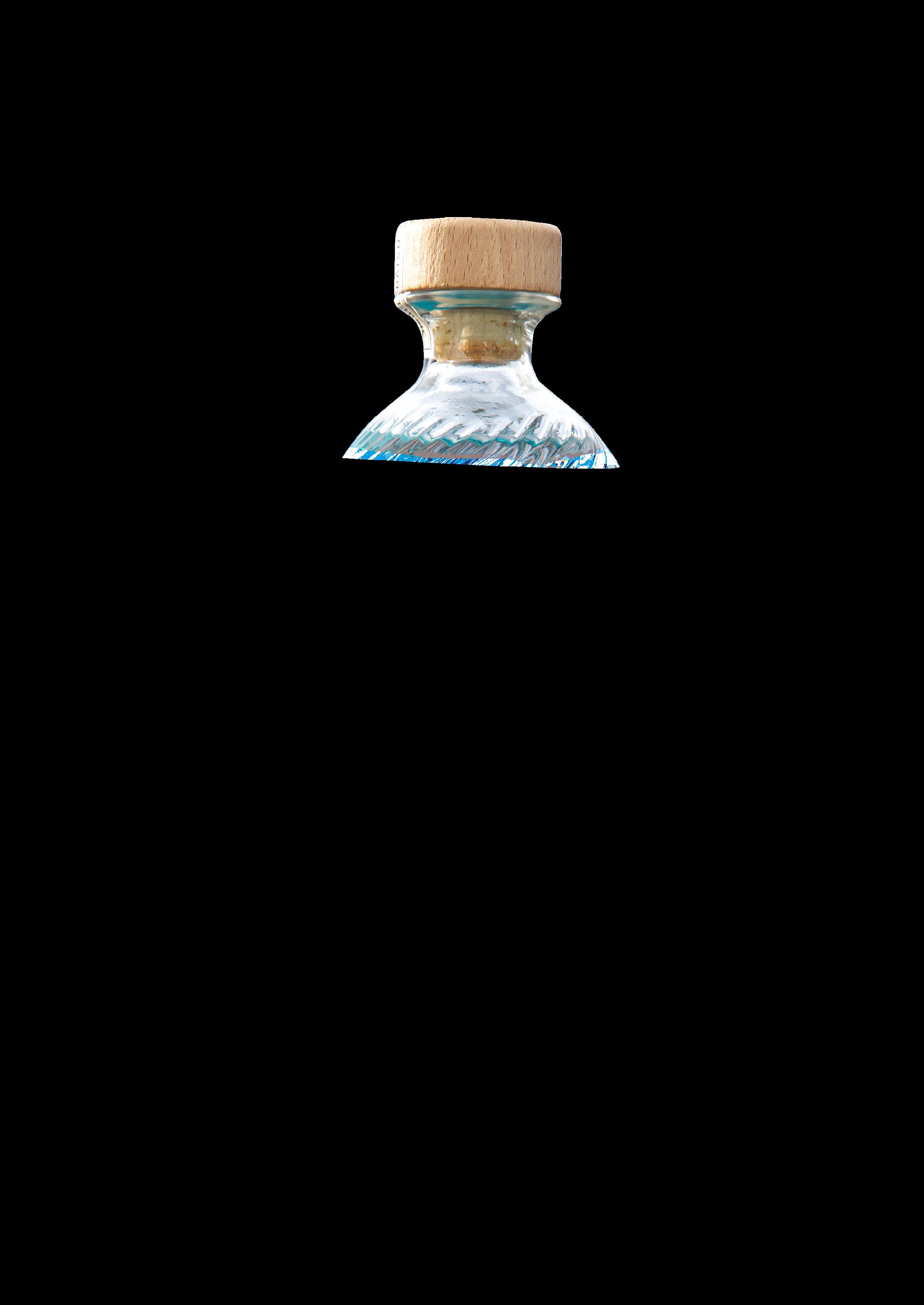


SPIRITED AWAY
One of the most exciting categories in the Kiwi liquor sector right now is spirits. The motivation and innovation shown by established and up-and-coming distillers is producing everything from distinctive alcohol-free offerings, to internationally award-winning whiskies and flavour-packed gins. Distilled Spirits Aotearoa now has 99 members, up 16 from just last year, and our spirits are showing a strong voice in the global market. This month, our resident spirits expert Tash McGill shares insights into two of the biggest spirits categories in New Zealand – gin and whiskey. The gin market may be crowded but flavour-stacking is a new trend bringing complex flavours and new botanicals to the mix –simply add a mixer for a delicious cocktail (see pgs 10-14). And while whiskey and Coke may seem like a thing of the past, it’s back! Learn why you should be highlighting whiskey and cola on your on-premise beverage list on pgs 18-20. And, as always, our experts share insights that can help your on- and off-premise business – including information on changes to the Sale & Supply of Alcohol Act (pg 8), packaging design trends to watch (pg 15-16) and how you can grow your liquor company while also giving back (pgs 33-34). Cheers!
Executive Chairman Simon Grover Managing Director Paul Wootton
Group Publisher Craig Hawtin-Butcher craig@intermedia.com.au
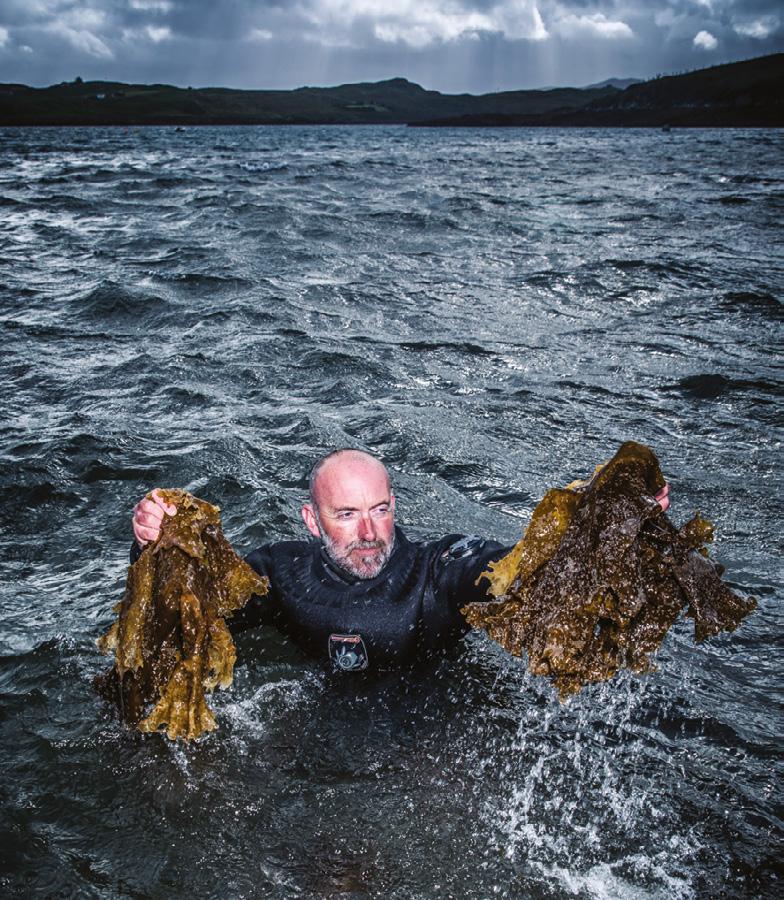
Why whiskey and Coke shouldn’t be overlooked
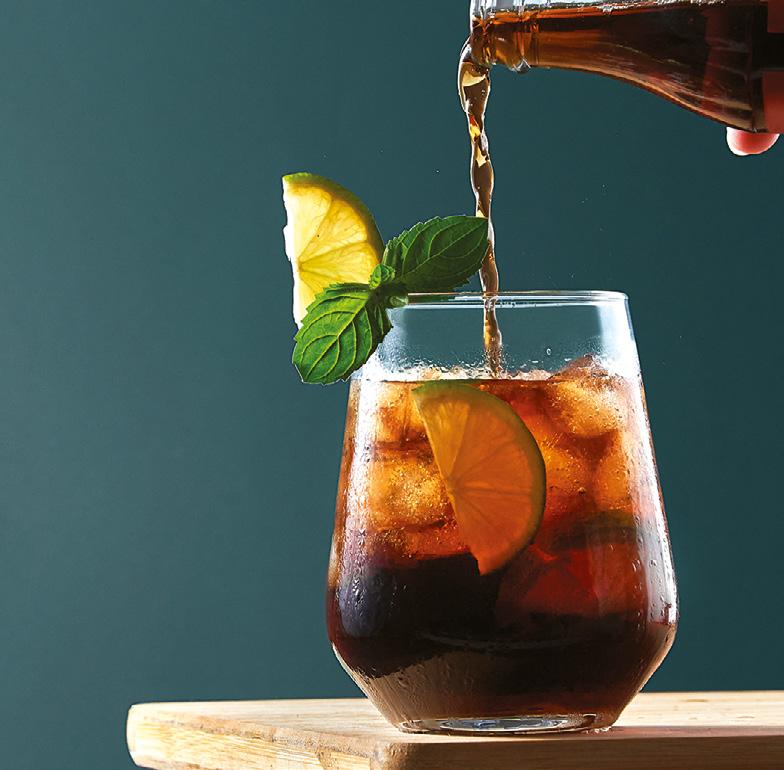
Sauvignon Blanc, Chardonnay & Pinot Gris


Five must-visit brewpubs 30
Is the popularity of hazy beers coming to an end? 33

How to grow your business and make a difference
Editor Charlotte Cowan ccowan@intermedianz.co.nz
ph 021 774 080

Sales Director Wendy Steele wsteele@intermedianz.co.nz

ph 021 300 473
Digital and Print Coordinator Eclypse Lee elee@intermedianz.co.nz
Graphic Designer Alyssa Coundouris alyssac@intermedia.com.au
Production Manager Jacqui Cooper jacqui@intermedia.com.au
Subscription Enquiries subscriptions@intermedia.com.au
contents
PUBLISHED BY The Intermedia Group (NZ) Ltd PO Box 109 342, Newmarket, Auckland 1149
For more amazing liquor news (and even a few giveaways), make sure you follow us on Instagram and Facebook @theshoutnz and sign up to our weekly eNewsletter at www.theshout.co.nz. FOLLOW US 2023 March 9 33 22 This magazine is distributed within a BOPP (polypropylene) soft plastic film wrap, which is fully recyclable. Please return to designated soft plastic collection points for recycling. 4 INDUSTRY NEWS AND INSIGHTS 8 HOW LIQUOR LAW CHANGES WILL AFFECT YOU Insights into the Sale & Supply of Alcohol Act amendments 9 ON THE COVER Isle of Harris Gin – uniquely Scottish 10 FLAVOUR BOMB Spirits expert Tash McGill explores flavour stacking in the gin category 15 WRAP IT UP! Packaging design trends to watch
18 THE COLA COMEBACK
22 WINE TASTING NOTES
28 SPOTLIGHT ON NZ LOCALS
CLIMBING TOWARDS
PEAK HAZE
BALANCING PURPOSE
AND PROFIT
18
THE SHOUT NZ – MARCH 2023 3
The Shout NZ Editor, Charlotte Cowan
The Distillers Institute New Zealand launches to help local businesses
The Distillers Institute has launched into New Zealand to help aspiring and existing distillers to successfully start and grow their distilling or spirits business.
Led in New Zealand by Craft Spirits Advocate Marcel Thompson, best known for his books Still Magic and Gin Ventures, TDI NZ has a goal of “building a compliant, robust and sexy distillery business that will withstand the test of time”.
Alongside Thompson, the team is made up of:
• Anne Gigney – best known in Australia for delivering distilling training through IBD and the Tasmanian Whisky Academy.
• Troy Trewin – Chair of the NZ Whisky Collection for many years and lead of the Grow a Small Business Podcast.
• Brett Steel – who ran Tasman Whisky Tours, started Tasmanian Whisky Week and now owns the Spirit Thief Whisky Brand.
WHAT’S ON
• Ian Thorn – the Asia Pacific Trainer for the Institute of Brewing and Distilling and the international lecturer for their technical courses.
TDI NZ is offering a ‘Planning your Successful New Zealand Distillery’ course, which takes new and existing distillers through a roadmap of all the aspects they need to consider when starting a distilling business.
New Zealand students will also join the TDI distilling community which currently has 440+ students, primarily in Australia.
“This is all about raising the bar,” says Anne Gigney. “It’s about professionalism. It’s about making great decisions right at the outset so you know where you are now, where you’ll be in a year and where you’ll be in 10.”
Gigney says with around 65% of NZ micro or small businesses at risk of failure, TDI’s goal is to future-proof the people heading into the industry. For more information, visit www.thedistillersinstitute.co.nz.
Hapi Symposium returns this month
After a successful debut in 2019, the Hāpi Symposium is returning this month.
The Symposium, taking place at Te Papa on Friday 24 March, brings together the world’s leading craft brewers, fermentation scientists and hop chemists to share insights with more than 300 industry professionals.
Led by Hāpi Research – a collaboration between MPI, Freestyle Farms and Garage Project – the Symposium is a curated day of talks from visiting international brewers, scientists and guest presenters.
The day will cover the latest research from the hop world, brewing techniques, and experiences from breweries and other industries.
They will be informative, inspiring and foster connections between international craft brewers together with New Zealand brewers to learn, share and develop ideas around the Hāpi Research breeding efforts.


March 11
BEER APPRECIATION DAY
Hawke’s Bay
www.beerappreciationday.co.nz
March 11-12
GINDULGENCE Christchurch www.gindulgence.co.nz
March 15
ESPRESSO MARTINI DAY
March 18
RIPE – THE WANAKA WINE & FOOD FESTIVAL Wanaka

www.ripewanaka.nz
March 18
AUCKLAND CRAFT BEER & FOOD FESTIVAL Spark Arena
www.craftbeerfestivals.co.nz
March 25
INTERNATIONAL WHISK(E)Y DAY
April 1
HARVEST HAWKE’S BAY FESTIVAL www.harvesthawkesbay.com
At the time of publication, all event dates were correct but are subject to change. Please check event websites for any updates.
Speakers include Jeremy Moynier from Stone Brewing, Laura Burns from Omega Yeast and Dave Dunbar from Freestyle Hops – all from the USA.
The Hāpi Symposium coincides with the annual hop harvest and CubaDupa – New Zealand’s largest outdoor arts and music festival. For more information on the Hāpi Symposium, visit www.hapi.co.nz/events.
Ripe Festival
The Distillers Institute team
4 THE SHOUT NZ – MARCH 2023 news
Fund for cyclone-ravaged Hawke’s Bay
Hawke’s Bay Winegrowers Charitable Trust has set up a Cyclone Gabrielle Relief Fund to assist those impacted by the devastating weather event last month. “The effects of Cyclone Gabrielle have left many in our Hawke’s Bay Wine community at a loss with the destruction and devastation of homes and vineyards alike,” says HBW. “Our hearts go out to all those impacted and facing the massive task of cleaning up from the cyclone.”
A number of vineyards in Esk Valley in Hawke’s Bay were completely flooded during the cyclone, with water reaching above the tops of the vines.
“While we are still assessing the full extent of the impact of Cyclone Gabrielle, we have had requests for how those wanting to contribute financially can help with the recovery and rehabilitation process.”
The Hawke’s Bay Winegrowers Charitable Trust Cyclone Gabrielle Relief Fund will give 100% of donations to those most in need in the Hawke’s Bay Wine community.
Hawke’s Bay Winegrowers Charitable Trust says it will also match donations up to $30,000. For more information, visit hawkesbaywine.co.nz.
Key dates for NZBA 2023
The Brewers Guild of New Zealand has announced key dates for the New Zealand Beer Awards 2023.

BREWNZ is making a return for 2023 on the 3rd and 4th of August, followed by an in-person NZBA dinner and presentation evening. The key dates are as follows:
Expressions of Interest for Judges and Stewards Close
29 April 2023
Online Entries Open
24 May 2023
Online Entries Close
2 July 2023
Send Entries to GVI Logistics, Christchurch
10 – 14 July 2023
Judging – Riccarton Park, Christchurch 19 – 21 July 2023
Awards Presentation Evening, Christchurch 5 August 2023
For more information and updates, visit www.brewersguild.org.nz/nzba
New Zealand Wine launches new brand platform

New Zealand Winegrowers has revealed a new global brand platform, its first brand refresh since 2006.

New Zealand Wine, Altogether Unique highlights the very best of the New Zealand wine industry, forming the foundation pillars of the New Zealand Wine essence of purity, innovation, and care.
New Zealand Winegrowers worked alongside creative agency Many Minds to define its brand essence and create an accompanying new visual identity. To convey the essence of New Zealand wine, a short storytelling video (youtube.com/watch?v=WJYKfaC6n4Q) was created which aims to create an emotional connection to New Zealand wine.
The short clip features Kiwi actor and winemaker Sir Sam Neill, who has been a part of the New Zealand wine story for more than 25 years. Established in 1993, Neill is the proprietor of Two Paddocks, a family vineyard based in Central Otago, New Zealand.
“This storytelling asset will tell the foundational story of New Zealand wine through the lens of the key pillars
of purity, innovation, and care – aspects that make New Zealand wine and the New Zealand wine industry, so unique and special,” says Charlotte Read, General Manager Marketing, New Zealand Winegrowers. “With global activity returning to ‘normal’, it’s more competitive than ever to have voice of the New Zealand Wine brand heard, and a clear premium brand message is essential. Creating a compelling brand positioning for New Zealand Wine is important as we seek to engage and motivate evolving wine drinking audiences.”
THE SHOUT NZ – MARCH 2023 5 news
Creating a clear Kiwi voice
Over the past 12 months, we’ve seen another surge in the craft spirits sector – there are 99 distilling members of the DSA around the country now, up from 73 this time last year, and another 20 pre-commercial members who will be in the market in the next six months or so.
The sector is thriving – we can see that in the number of new distilleries establishing a firm foothold and in the expansion of the consumer market to accommodate them. Our producers are on their marks and set to go.
With this growth, and the stability of those who’ve been around for a while now, the industry is reaching a new level of maturity. That brings some extra responsibility and that’s where DSA is turning its attention. In July 2023, the inaugural Distilled Spirits Aotearoa conference will give our members an opportunity to gather, network, share skills and insights, and to hear DSA’s plans for the next few years.
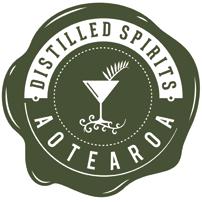
Realising the importance of creating a clear New Zealand voice in the context of a global market, we’re starting to look at how we build a framework that will ensure New Zealand’s products can hold their own in any market, on-shore or off-shore.
The brand we’re building is a statement to worldwide markets that ‘NZ-made’ is synonymous with quality, innovation, and well-crafted products, and protecting that brand is important. In consultation with our membership and an eye to the conversations happening in and around the Beehive, DSA will be establishing naming conventions and product definitions which will consider everything from production methods to compliance, health and safety, education and workforce development. Like those longestablished in other countries, they will ensure buyers anywhere
in the world know exactly what they’re getting, and without them, we can’t stand behind our brand with any credibility.
Skills with a specific lens on distillation – in many cases, very old skills – are being reinvigorated and reimagined. Coopers, fermentation specialists, and copper smiths, amongst many others, are teaching a new generation of distillers and we need to create a pipeline for learning those crafts. DSA will be considering how best to support that transmission of knowledge so that sustained growth of the sector is viable.
The industry needs a steadily growing and educated market to sustain the increasing volume of producers, especially as more and more ‘hobbyists’ are taking the plunge into full-time, commercial enterprise. With each of these leaps of faith comes additional investment; new jobs; more capital investment; the supply chain becomes more robust; and our contribution to New Zealand’s economic growth swells.
We are at a pivotal time in the industry, with everyone considering, from their various perspectives, how Aotearoa can become the world’s best craft spirits producer.
Budgets and buying decisions
The outlook for 2023 is squarely focused on the economy every way you look – inflation will continue to be a problem, house prices will remain sluggish, interest rates will continue to rise, and even the threat of recession is now front and centre. How much money Kiwis will have to spend is important, and the prices they are willing to pay are a significant factor. Combine those two, and you would have to say that times look tough for many industries, liquor among them. But amongst all that negativity, I would say hold fire: maybe there is ample opportunity in there!
Yes, Kiwis will be watching their wallets and budgeting more. But there are a few things at play here. First, price awareness and sensitivity are higher than last year and will likely continue to get stronger, but price as a factor for liquor shoppers is no more or less important than last year.
Second, with this desire to stick within a budget, the major consideration is what they prioritise buying. What this means is that the budget is the budget – previously, this might have been bent or stretched to get everything they wanted, but now it’s an active decision to leave things out until next time. So, it’s not about not buying certain things at all; it’s just about spreading those buying decisions out over a slightly longer period of time.
Third, they are planning more than ever before, so winning the pre-store battle of the mind is more crucial than ever –and because the price is only one factor among many, the
 Andrew Arnold NZ Country Manager, Shopper Intelligence
Andrew Arnold NZ Country Manager, Shopper Intelligence


conversation can still be about product characteristics and doesn’t have to be dominated by price, unless that particular category needs a price-centred conversation with the shopper.
But the final point, I think, is the most crucial one –traditional liquor has always been a channel shoppers gravitate to for the experience, the range, and the educational aspects. The price disadvantage relative to grocery has always been a dampener on that. But all the indications show that the price relativity may be narrowing. And when you consider traditional liquor shoppers are far more likely to be in a mindset of being loyal to a store if they get the experience right, that’s the big opportunity in my mind. This shopper is likely to plan, so if you can draw them in and wow them, you have a good chance of keeping them.
6 THE SHOUT NZ – MARCH 2023 industry insights
Richard Wilson Chairperson, Distilled Spirits Aotearoa
Dylan Firth Executive Director, Brewers Association of New Zealand
A busy year ahead
The Brewers Association’s annual economic report produced by the New Zealand Institute of Economic Research shows that the New Zealand brewing industry was valued at $3.3 billion in the year to September 2022. On-licence sales account for 64% of the estimated value of $2.1 billion, and off-licence sales account for the remaining 36% at $1.2 billion. The significant portion of value that onlicence beer sales provide reflect the impact of continued lockdowns had on breweries and hospitality venues over 2020/21 – especially given that it only comprises approximately 29% of the total volume.
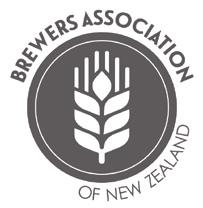
Last year saw the largest spike in the CPI linked Excise tax increase of 6.9% and these increases are set to continue over 2023. C02 shortages also hit the industry hard, with many breweries seeing rationed supply or having to move to the more expensive nitrogen for non-carbonation related use.
Since pre-COVID, we have seen a 750% increase in the litres of no- and low-alcohol beer consumed by New Zealanders. Higher alcohol content beers have also experienced an increase in consumption relative to preCOVID levels, with 15% more litres of beer being consumed annually for beers with an alcohol content of more than 5%.
The change in the value of low-carb beer consumed to November 2021 is up 38%, comprising 12% of the total market value and 13% of the total volume produced. The continued and rapid growth these types of beers are experiencing is again reflective of changing consumer preferences.
In 2023 the brewing industry can take advantage of the returning visitor and tourist market to expand revenue and in making the brewing industry appealing to new migrants, labour shortage concerns can be eased.
Supply chains will still be stretched but this should begin to ease as labour becomes more available from new migrants.
The impact of rising inflation and a possible recession will likely hit the overall industry value, but demand has traditionally remained relatively steady in the off-licence area for beer during economic downturns. Unfortunately, hospitality can take a hit. This combined with an election and possible change of government will likely see large investment slow in the sector as breweries and businesses traditionally take a ‘wait and see the result’ approach to spending money.
These factor plus the likelihood of a review of the Sale and Supply of Alcohol Act, new labelling regulations for energy/Kilojoules, announcements on a possible container return scheme and several other regulatory speedbumps will mean that 2023 will be a busy and tricky year for many.
Mixed outlook for NZ wine
Most of us will have entered 2023 hoping for a return to regular programming, holding our breath for a more ‘normal’ year ahead. While it is becoming harder to predict what the future will bring, one trend that we can expect to see continue is the increasing focus consumers are putting on their health and well-being. This focus is impacting their buying decisions, with an increase in the lighter wine category (defined as “wines containing less than 10% ABV”). In the seven years that the New Zealand Lighter Wines programme ran (concluding last year), we witnessed the development and refinement of high-quality, full-flavoured, lighter-in-alcohol wines. This innovative category of wine will help cater to the increasing number of consumers who sometimes wish to moderate their alcohol consumption, yet still enjoy a glass of premium New Zealand wine.
Sale and Supply of Alcohol Act issues will be prominent in 2023 with a government review underway, and a cellar door reform Bill before Parliament. Given the potential suite of legislative changes directly impacts every business selling wine in New Zealand, these matters need to be watched very carefully. Our goal is to get the balance right, so that unnecessary and poorly targeted interventions do not add simply add cost for little gain.
With the easing of New Zealand’s strict border controls, many in the industry are keenly awaiting the return of international wine tourists, with cellar doors being hit hard by the collapse in tourist numbers over the past two years. On nzwine.com we now have more than 250 wineries offering wine tourism experiences. Pre-COVID in 2019, 23% of international visitors visited a wine tourism experience, and on average, these tourists spent 27% more, stayed three-anda-half days longer in New Zealand, and visited more regions. We hope this year sees the return of keen international wine lovers to our shores.

Unfortunately, the economic outlook for the year ahead is very mixed with economists gloomy about the prospects for many markets. Dare I say recession. Inflation has returned with a vengeance, and to levels not seen for a generation – which is creating increased uncertainty for exporting wineries, most of whom will never have been exporting during a time of high inflation.
All the while, New Zealand wine consumers continue to appreciate the flavours, commitment to quality and sustainability of our wines. This is evident in the average value of exports is up strongly compared to last year, and together the increased volume and higher prices have lifted total export value to $2.16 billion (12 months to November 2022), up nearly $200 million on a year ago. Continued strong export growth is forecast for coming months and it is good news we expect to continue to enjoy throughout the year.
Philip Gregan Chief Executive Officer, New Zealand Winegrowers


THE SHOUT NZ – MARCH 2023 7 industry insights
How liquor law changes
WILL AFFECT YOU
Chloe Widmaier from LegalVision explains how the proposed changes to the Sale and Supply of Alcohol Act could impact your liquor business.

as a business selling or supplying alcohol in New Zealand, it’s important to be aware of the current laws. On 30 June 2022, the Sale and Supply of Alcohol (Harm Minimisation) Amendment Bill (the Bill) was introduced to the New Zealand Parliament.

The Bill aims to amend the Sale and Supply of Alcohol Act 2012 (the Act) to abolish appeals concerning Local Alcohol Policies (LAPs) in order to provide local control over alcohol regulation, and implement various recommendations made in the 2014 Ministerial Forum on Alcohol Advertising and Sponsorship. If the Bill passes, it will significantly impact the liquor industry in New Zealand.
CURRENT LEGAL LANDSCAPE
Currently, the law provides that any territorial authority, meaning a city or a district council, may have a policy relating to the sale, supply, or consumption of alcohol – a Local Alcohol Policy. A policy may cover a wide range of matters, including trading hours and the location of premises. A council must go through various procedures to make and adopt a policy.
One such requirement is that the council must publish a draft and provisional policy and utilise the special consultative procedure outlined in section 83 of the Local Government Act 2002. The procedure requires councils to, for instance, provide an opportunity for persons to present their views.
CHANGES TO THE LAW
The Supply of Alcohol Act currently allows those participating in the procedure to submit an appeal to the Alcohol Regulatory and Licensing Authority (ARLA) concerning any aspect of a provisional policy.
However, the Amendment Bill seeks to repeal this right from the Act. Accordingly, this removes the ability to appeal against any policy developed by a council to the ARLA. If the Bill passes, councils will only need to give notice of any policy they intend to implement.
ADVERTISING
In addition to the above, the Amendment Bill also seeks to add new laws to the Supply of Alcohol Act that will affect alcohol advertising and sponsorship. The Bill seeks to introduce a range of offences including:
Section Potential Amendment
386B Prevent advertisements concerning alcohol products from being broadcasted during sports games.
396C Exclude alcohol advertisements from sporting venues.
396D Generally seeks to ban the sponsorship of organised sports activities by manufacturers, importers, distributors or retailers of alcohol.
396E to 396G Aims to prohibit the use of an alcohol trade mark concerning the sponsorship of a team, merchandise and sporting venues.
The Bill stipulates that the penalty for a breach of any of the above provisions will be a fine up to:
• $600,000 in the case of an entity such as a manufacturer;
• $200,000 in the case of a large retailer; or
• $50,000 in any other case.
KEY TAKEAWAYS
If the Bill passes, there will be minimal opportunity for individuals with an issue with the alcohol policy to voice their concerns and appeal. Moreover, it will eliminate any opportunities to advertise in connection with sports. Accordingly, if you are part of the New Zealand liquor industry, you should be aware of the Bill and its progress and of the potential new offences that will be introduced should the Bill pass.
LegalVision is a New Zealand-based commercial law firm that assists New Zealand businesses, startups and corporates with their legal needs. Call (0800) 005 570 or visit legalvision.co.nz/membership. ■
8 THE SHOUT NZ – MARCH 2023 legal
Uniquely Scottish
shaped by an island and made from the sea, Isle of Harris Gin is a pioneering style of gin – deep, complex and finely balanced.
Every drop is produced in the small Scottish village of Tarbert, using sugar kelp seaweed which is gathered sustainably by hand from local sea-lochs. This signature botanical gets its name for its contrasting sweet and salty tang and expresses the the island’s unique maritime nature.
Local distillers create Isle of Harris Gin from their island distillery in a small copper gin still which is nicknamed ‘The Dotach’ in honour of a similarly small and feisty local woman who is fondly remembered in the village from days gone by.
She sits alongside her larger whiskymaking sisters in the distillery’s Spirit Hall.
Along with its key botanical of sugar kelp, which brings an almost umami flavour to the spirit, with a slight green underlying note, the spirit is softened by the fresh, low-mineral rainwaters which flow from the nearby source stream of Abhainn Cnoc a ’Charrain. every drop is at its best before it’s bottled.
“The sugar kelp brings a real sense of connection because no matter where in the world you are, if you have visited the Isle of Harris before, that first sip of gin will most definitely transport you back

to coastal times spent here,” says Sandy Fraser from Isle of Harris Distillery.
Bottled by hand in the same distillery, the iconic packaging design evokes the sandy beaches of Harris, swept by the wind. The sea-blue highlight at the bottom of the bottle signals to the natural environment which shapes every aspect of how the distillery crafts their products. Each one is then labelled and closed with a natural cork and wood stopper.
Finally, a paper seal bearing the distillery’s geographical coordinates is applied to every single bottle by hand, your guarantee of a truly Outer Hebridean gin, made in the Isle of Harris and nowhere else.
“We’re proud to send our Isle of Harris Gin out into the world knowing that it holds the best of our island home. Every bottle helps connect our customers to the Isle of Harris,” says Donnie Macleod, Isle of Harris Distiller.

Shining in a classic G&T or at the heart of a cocktail, Isle of Harris Gin showcases that Scotland is truly renowned as home to the greatest distilleries in the world – including gin.
To stock this iconic Scottish gin or learn more about it, contact the trade team at Whisky Galore on (03) 377 6824 or trade@whiskygalore.co.nz. ■
THE HARRIS SERVE
– building an island gin & tonic
Take your time and enjoy the ritual as you make an exacting Harris G&T to your personal tastes. We recommend you start by sipping Isle of Harris Gin neat to appreciate the smooth and luxurious spirit on its own. Then begin to build your perfect island gin and tonic.
Ingredients
› 50ml Isle of Harris Gin
› 3-5 drops Sugar Kelp Aromatic Water
› Premium tonic water
› Red grapefruit
› Ice
The serve
› Pour a good measure into a wide-rimmed glass and sip neat.
› If you want to enhance the maritime elements of the spirit, add a few drops of aromatic sugar kelp water (available at whiskygalore.co.nz) to taste.
› Then introduce ice – large blocks, if possible to avoid dilution and taste once more.
› If you feel tonic is required, add just a splash, try not to drown the gin flavours.
› Rim the glass with a wedge of red grapefruit showing plenty fruit flesh, and add a slice to your drink with just a final brief stir. Enjoy!
Isle of Harris Gin is truly one-of-a-kind.
THE SHOUT NZ – MARCH 2023 9 on the cover
Flavourbomb i
n a market saturated with flavoured gins, there’s an exciting new trend coming down the line that is exciting consumers and on- and off-premise retailers. It’s all about flavour stacking and creating incredible gins that drink like more complex cocktails with just a simple mixer added.
WHAT IS FLAVOUR STACKING?
Flavour stacking is almost like reverseengineering the RTD effect – but instead of producing a pre-mixed product in bottle or can combining on-trend flavours such as peach, ginger, mint or honey, distillers are firing those ingredients into the gin itself and creating a fresh take on modern flavour profiles in gins. Moving away from single flavours and traditional combinations, these distilleries are pushing the envelope on how gin can bring great flavour profiles to the palate.
Internationally, we’ve seen the examples of flavour stacking from entry level to premium brands. Edinburgh Gin, Hayman’s and Whitney & Neill have been pushing

the boat with award-winning combinations such as rhubarb & ginger, peach & rose cup and lemongrass & ginger. Gordon’s and Beefeater have cornered summer fruit with their versions of peach & raspberry and passionfruit. Across the Tasman, Four Pillars has made a name for themselves with Bloody Shiraz and Olive Leaf gin – one embracing the flavours of Shiraz and the other like pouring a dirty Martini straight from the bottle. But what’s really exciting are the completely contemporary and modern takes on flavour stacking that are happening here in New Zealand.
KIWI INNOVATIONS
In New Zealand, brands such as Reefton Distilling Co, 1919, Imagination and Auld Distillery have really stepped into flavour stacking to create unique profiles.
1919 has created gins with Kiwiana flavours such as Pineapple Bits, Chocolate Fish and Pavlova, while Reefton Distilling Co. has leapt into flavour stacking and the idea of cocktail combinations in the gin itself with its Flavour Gallery range.

10 THE SHOUT NZ – MARCH 2023 gin
Spirits expert Tash McGill explores flavour stacking and innovation in the gin category.



Exclusively Distributed by Whisky Galore trade@whiskygalore.co.nz | 0800 WHISKY ISLE OF HARRIS GIN INFLUSED WITH SUGAR KELP C M Y CM MY CY CMY K Isle of Harris Gin NZ Advert V1.pdf 1 20/01/2022 16:30
Combining hops, pear and honey to create new and interesting layers of bitterness, berries and vanilla to build summer ice cream-like experiences and a citrus bomb that whisks you away to the Mediterranean, these three new gins are examples of the way flavours can combine on a gin base.
Jason Clark, Global Brand Ambassador for Reefton Distilling Co. says team brainstormed some of their favourite things and then selected three to use as inspiration for the new range of gins.
“Citrus Sunset is inspired by drinking G&Ts and Mediterranean Spritzes as the sun goes down on a summer’s evening,” he told The Shout NZ. “HPH is inspired by the incredible creative craft beer market we have here in Aotearoa New Zealand and Rosé Ripple was inspired by boysenberry ice cream at the beach on a hot summer’s day.”
Clark, who recently returned to New Zealand after eight years working in the spirits industry overseas, says the Kiwi gin market has exploded with creative brands.

“The key to this is a demand from consumers wanting to explore the world of gin and all it offers,” he says. “I meet passionate gin fans on a daily basis and they’re all so keen to try new things and experiment with different serves.”
Clark says with gins such as the Little Biddy range, which is made using freshly foraged botanicals from the local West Coast rainforest, he would love to see the flavours reflected in the way it’s served in the on-premise.
“Cocktails that use one or more local, natural/native ingredients such as foraged kawakawa, Douglas fir, Manuka, fig leaf and citrus leaf give guests the experience of natural flavours of our incredible country. It’s amazing what edible ingredients you can find in your neighbourhood.” He says with the Flavour Gallery range there are two different tacks they recommend. “The first is simplicity. Gin, fizzy mixer and garnish. It has so much depth of flavour that that’s essentially all it needs to make a great drink.
“Secondly, go wild and have fun. For example, Rosé Ripple gin with a splash of berry puree and a scoop of coconut ice cream, topped with creaming soda and garnished with a boysenberry.

“People often take gin too seriously and don’t get me wrong, an immaculately made classic Martini is a wonderful experience, but in contrast, some occasions may call for a boysenberry ripple spider.”
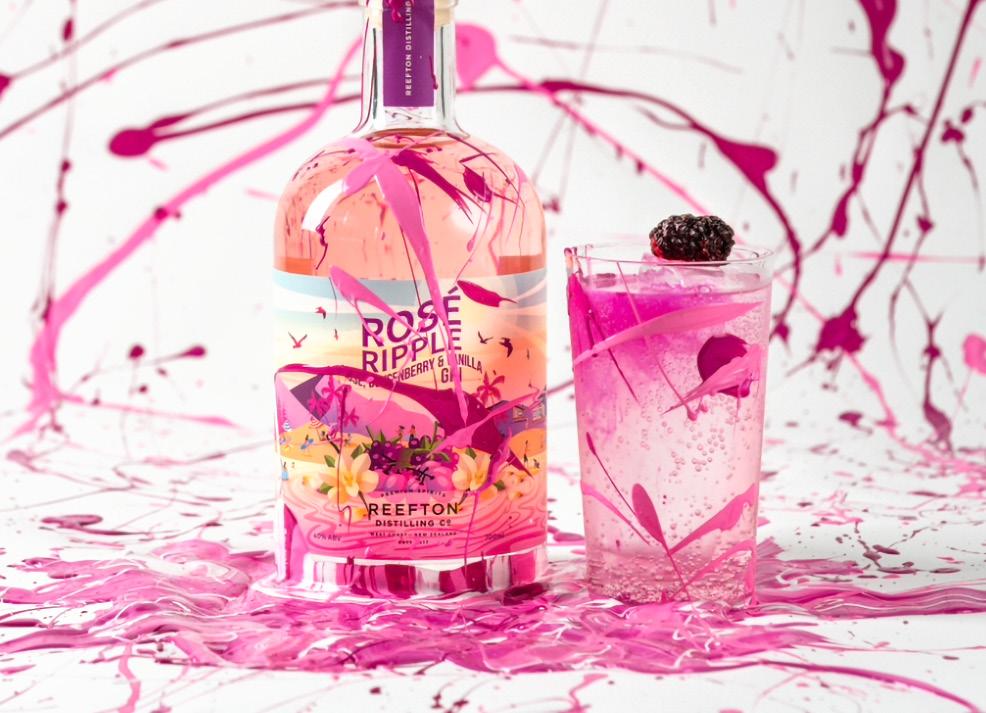
“MOVING AWAY FROM SINGLE FLAVOURS, TRADITIONAL COMBINATIONS, THESE DISTILLERIES ARE PUSHING THE ENVELOPE ON HOW GIN CAN BRING GREAT FLAVOUR PROFILES TO THE PALATE.”
Reefton Distilling Co.'s Jason Clark
12 THE SHOUT NZ – MARCH 2023 gin
Reefton Distilling Co.'s Rosé Ripple
Designed by the team at Reefton Distilling Co. to explore the boundaries of what gin can be, with more extravagant flavour combinations than are typical within the world of traditional gins. The result is a selection of juicy gins, bursting with so much flavour and character, they create complex, cocktail like serves when simply mixed with tonic, soda, or sparkling wine.
Each variant has been made by layering delicious flavours over a classic gin base of Juniper, Coriander, Angelica, Liquorice, Cardamom and Orris to ensure it delivers the characteristics of great gin, but with added depth, complexity, mouthfeel and attitude.
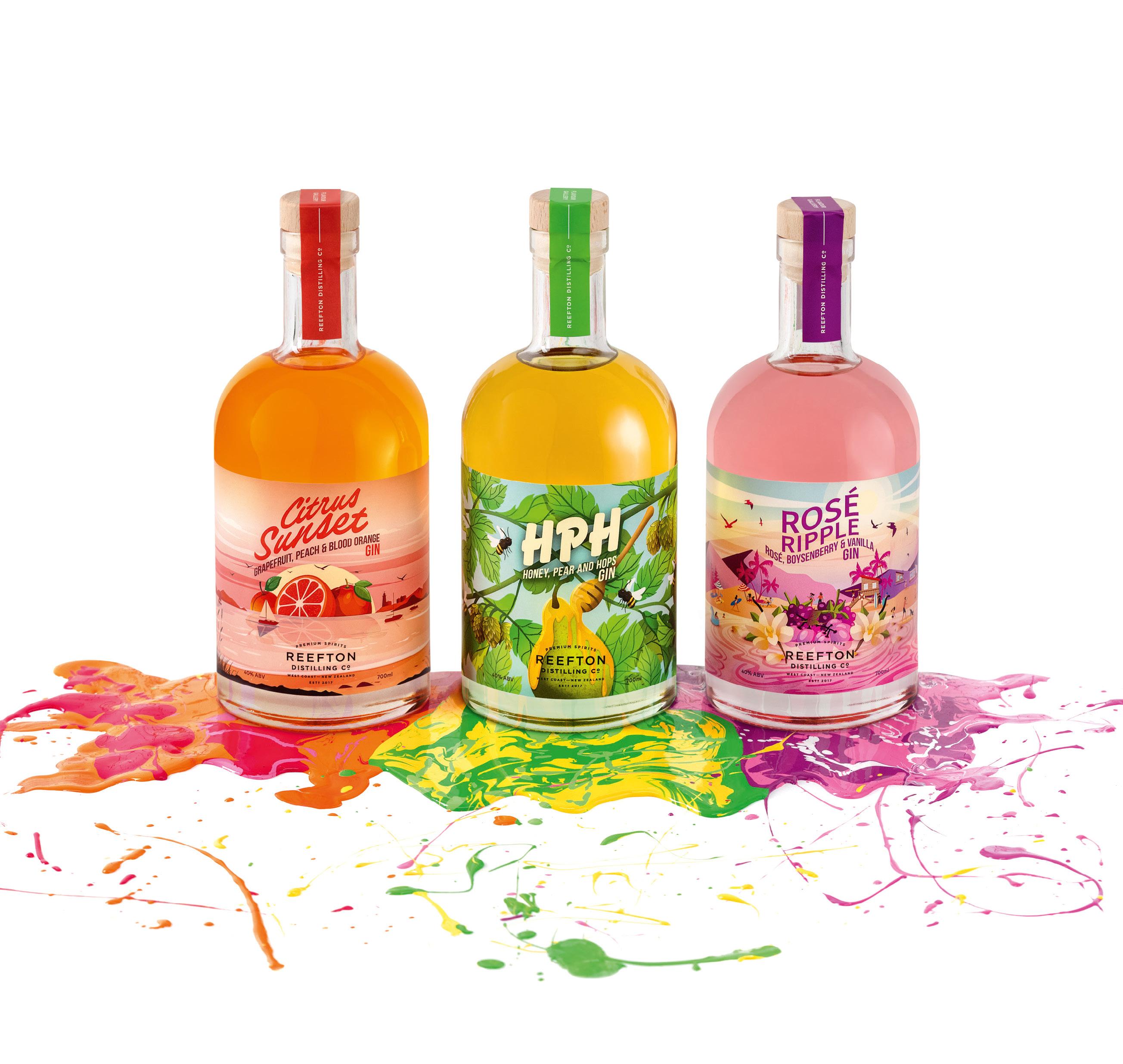
AVAILABLE NOW THROUGH Phone: 0800 338 766 INTRODUCING
IN PRAISE OF STACKED GIN
So why should you jump on this trend for on-premise and off-premise demand?

For on-premise, these flavour stacked gins offer the opportunity to bring something bright and interesting to the consumer experience with relatively low investment into complex ingredients or cocktail prep. Even at a premium trade price, these gins can deliver a decent GP margin because all the flavour building is done.
Off-premise, it’s a trend that ought to excite because it puts more unique flavour experiences into the hands of the consumer, whilst also pushing the quality of the gin itself. Can we eliminate unnecessary sugars? Do the flavours work? Can I still taste the gin spirit
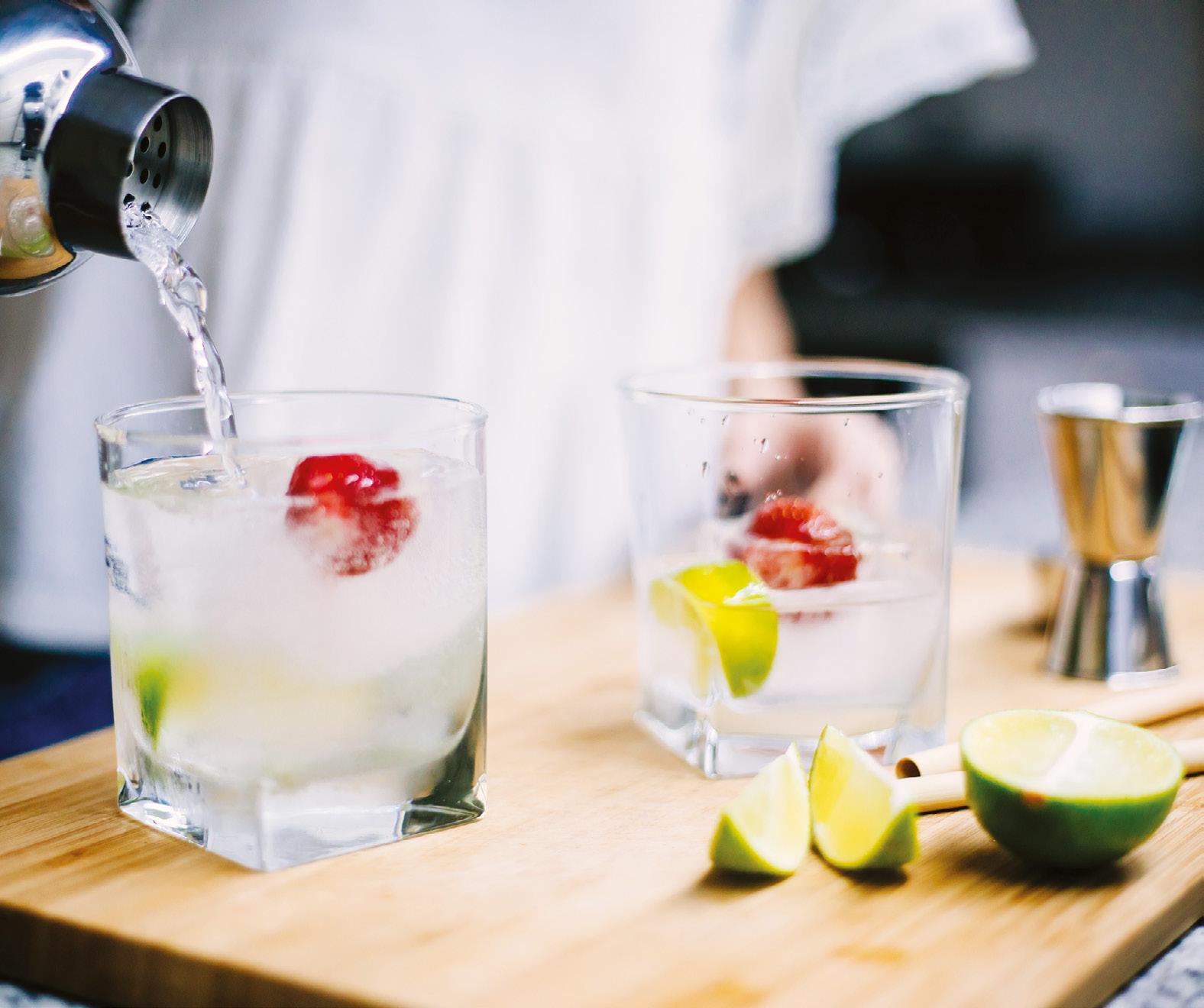
I love and does it deliver something fun, interesting and refreshing?
Extracting single flavours in a wellrounded form through distillation is a complex process that demands the highest skill from distillers. While technically many of these flavours could be added through infusions or macerations as well as distillation, we’ve focused on the flavours resulting and how those combinations are expanding the horizon of modern gin. Flavour-stacking is as much about experience building and capturing a story in a sip it might be about production techniques and local ingredients. My only demand – that it still captures the essence of gin! A strong botanical backbone and juniper or piney, resinous deliciousness to anchor the flavour experience. ■
MUST-TRY STACKED SENSATIONS…
Imagination Christmas Pudding

Dry Gin stacks spices, dried fruit and other ingredients against their gin base to create Christmas pudding on steroids. Rich nuttiness and creamy pudding-qualities upfront that then deliver lots of orange and chocolate in the mid-palate and finish. Imagination has been mastering great flavour combinations for some time – the Rhubarb & Raspberry gin is also a great summer cocktail ingredient.
1919 distilled one of New Zealand’s favourite lollies into an award-winning pineapple and chocolate flavoured gins under the 1919 Distilling Kiwiana range. Its latest release, Pavlova Gin, balances meringue sweetness with a creamy centre , fresh, vibrant fruit and a juniper backbone.

Auld Distillery has created three gins capturing the unique flavour profile of the Southland region it calls home. Using a different grain spirit base for each gin, Auld has captured local ingredients and flavours including Bluff oyster & citrus for an oceanic flavour adventure in the oat-based Ocean’s Keep, which makes a sophisticated Martini or brings depth and complexity to a Bloody Mary.

Scapegrace continues to provoke the market with its Uncommon range –craft-distilled gins that capture seasonal produce from regional harvests.
Hawke’s Bay Late Harvest Gin was made using botanicals of raspberry leaf, pear and olive brine, designed to capture the flavours of harvest season in the region. The result is a slightly sweet gin, tart with savoury flavours that lends itself to a martini.
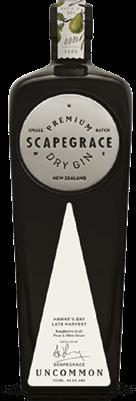
“CAN WE ELIMINATE UNNECESSARY SUGARS? DO THE FLAVOURS WORK? CAN I STILL TASTE THE GIN SPIRIT I LOVE AND DOES IT DELIVER SOMETHING FUN, INTERESTING AND REFRESHING?”
14 THE SHOUT NZ – MARCH 2023 gin
Kawakawa
MASCOT VARIATIONS
Traditionally, mascots remained more or less the same; they wore the same clothes and had a consistent disposition. All that’s changing, as brands are adding variation to their mascot’s appearance between product types and flavours, with new clothes, movements or attitudes.
CARTOON CHARM
There’s always been a special charm to cartoons. Something about the cute aesthetics and the wacky situations they can be drawn in gives cartoons a fun, fantasy feeling, reminiscent of childhood. Putting those cartoons on your packaging not only brings that charm front and centre, but it can also strengthen a brand’s personality.
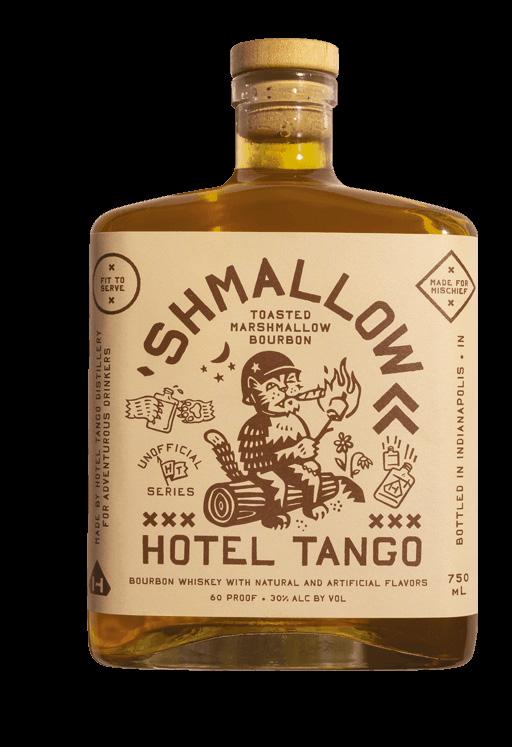
Wrap
IT UP!
WRAP-AROUND PATTERNS
Wrap-around patterns use eyepleasing and seamless wide lines to generate curiosity and encourage people to pick up the product. These visual elements go beyond design that’s only for the front of the packaging, favouring a desire for freedom and going against the norm.
ECSTATIC COLOURS
Flashier, brighter colours get attention. It’s as simple as that. That’s why in 2023, ecstatic colours are trending in packaging design. Ecstatic colours set aside formality, and are a smart move for getting your packaging noticed.
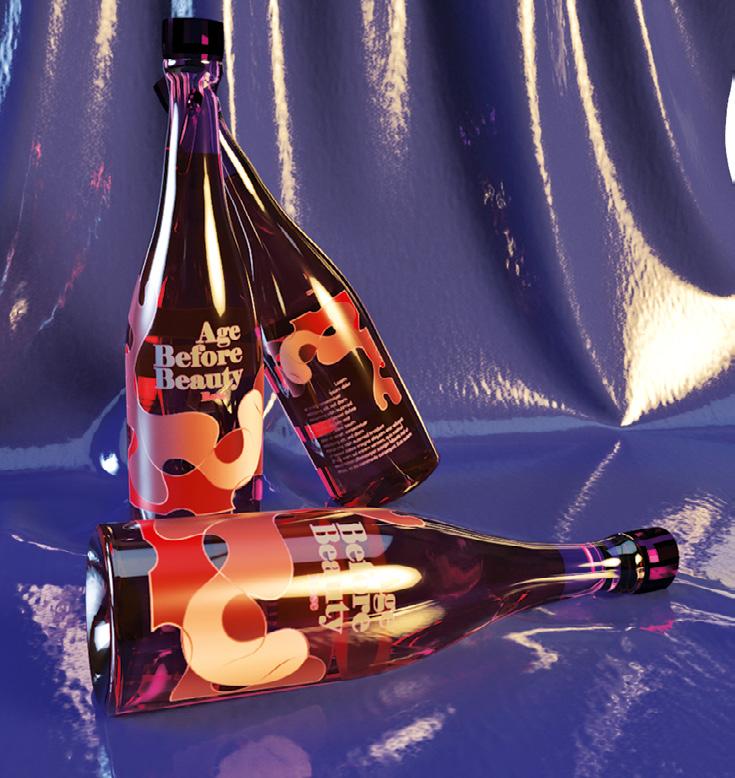
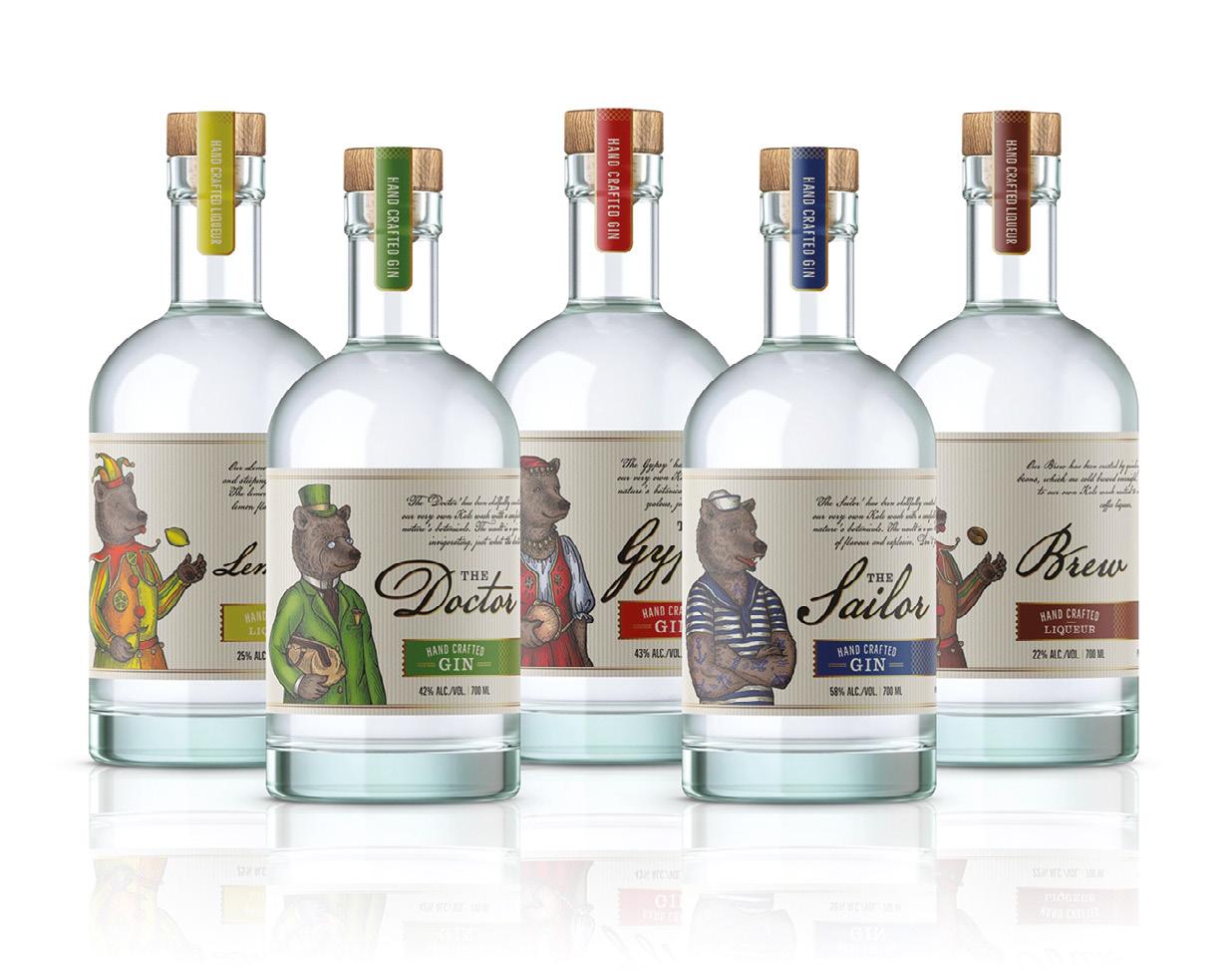
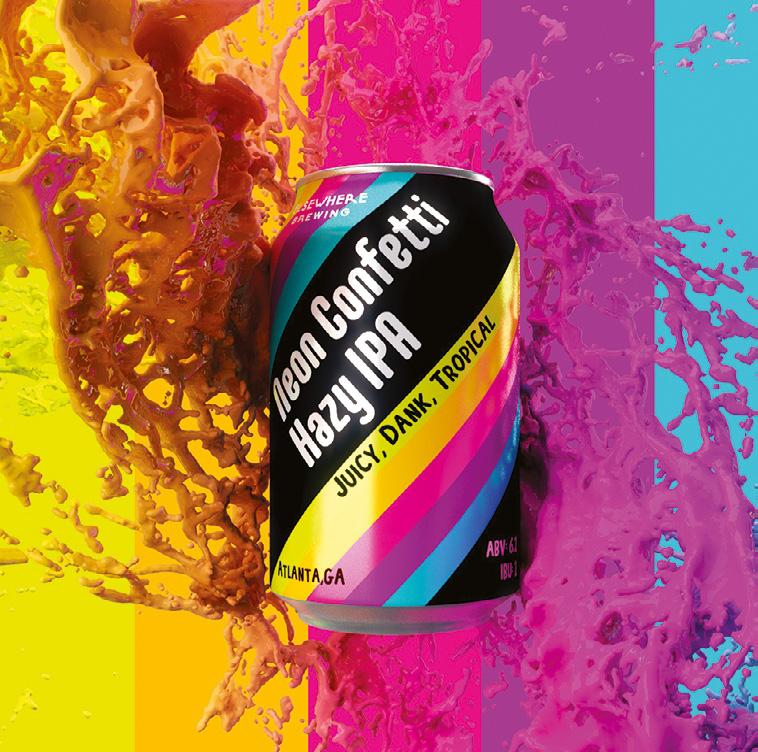 Mascot variations that tie products together designed
by Mila Katagarova for Tiny Bear Distillery ’s spirits
Mascot variations that tie products together designed
by Mila Katagarova for Tiny Bear Distillery ’s spirits
The latest packaging design trends are shaping up to be a playful, bright and fun bunch, according to 99designs by Vista.
Cartoon charm from
Hotel Tango Distillery
Wrap-around patterns designed by Scriba_1995
Ecstatic colours designed by BenTō
THE SHOUT NZ – MARCH 2023 15 design
’70S VINTAGE
The ’70s vintage style never goes completely out of fashion—it just hibernates for a few years. And in the pandemic aftermath, the warm colour schemes and comforting, wavy imagery of the ’70s are making an understandable comeback in packaging design trends.
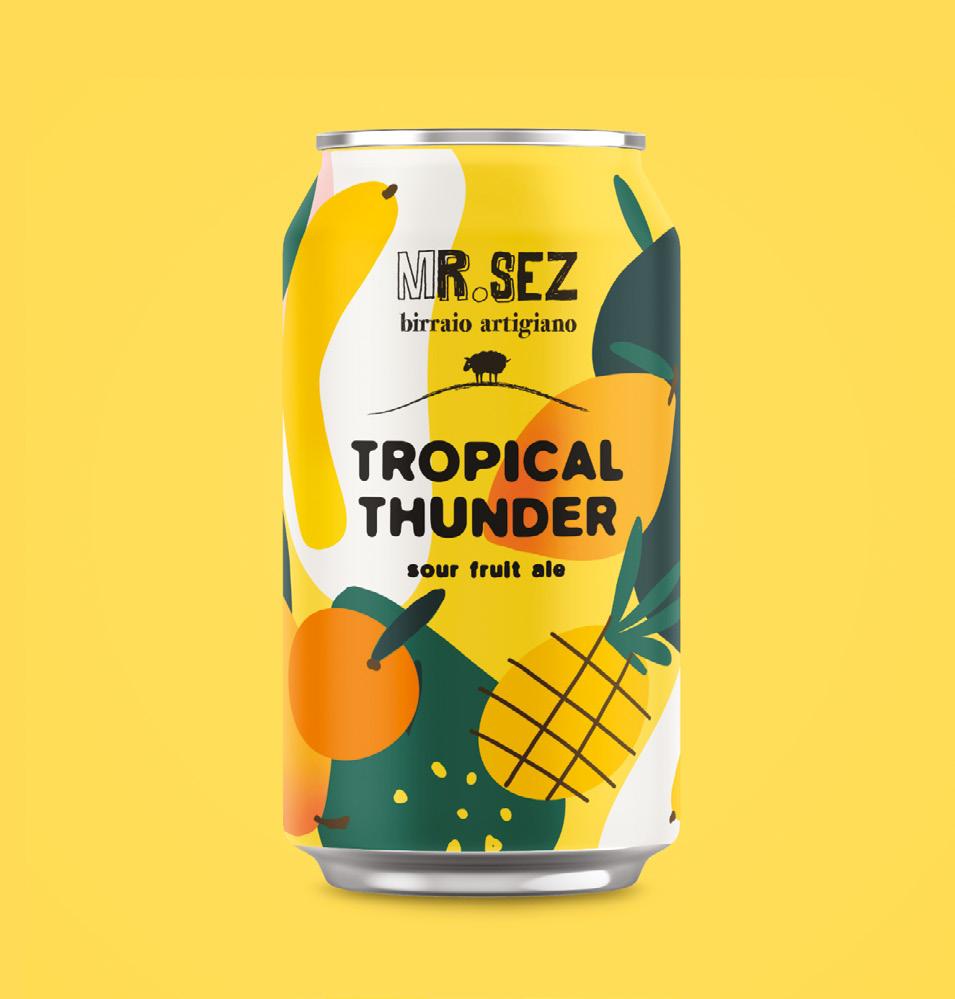

These eclectic styles are an expression of many conflicting responses to a significant period in modern history. While some brands are communicating a desire to move forward and create dramatic change by any means necessary, others seek comfort and refuge in styles from the past. What ties them together, however, is an undercurrent of escapism, and a subtle optimism about our resilience and collective capacity for positive change – and small businesses are perfectly positioned to tap into this within communities around the world.
Llewellyn,
TACTILE TEXTURE
As brands look for ways to make their packaging stand out, they’re discovering the advantages of tactile textures. We’re seeing a rise in techniques that add texture to packaging like embossing and debossing (where the packaging is raised or depressed), die-cuts (creating artistic holes in the packaging) and foil printing (using reflective metal on packaging).
ILLUSTRATED INGREDIENTS IN PUNCHY PALETTES
Reflecting the greater cultural appreciation of transparency, especially when it comes to what we put in our bodies, one of our favourite packaging design trends of 2023 is decorating packaging with ingredients that are illustrated in a bright and fun style. Not only does it get the attention of people who want to know the ingredients in the product, but it can also differentiate which flavour or variation a particular product is.
All labels designed by 99designs by Vista’s community of professional freelance designers. For more design trends to inspire your business, head to 99designs.com.

“
”
Patrick
99designs by Vista CEO.
Tactile texture for Shadow Creek designed by art_veritas
‘70s vintage designed by Giocovision
Illustrated ingredients in punchy palettes
for Mr. Sez designed by Nadya Nadya
16 THE SHOUT NZ – MARCH 2023 design
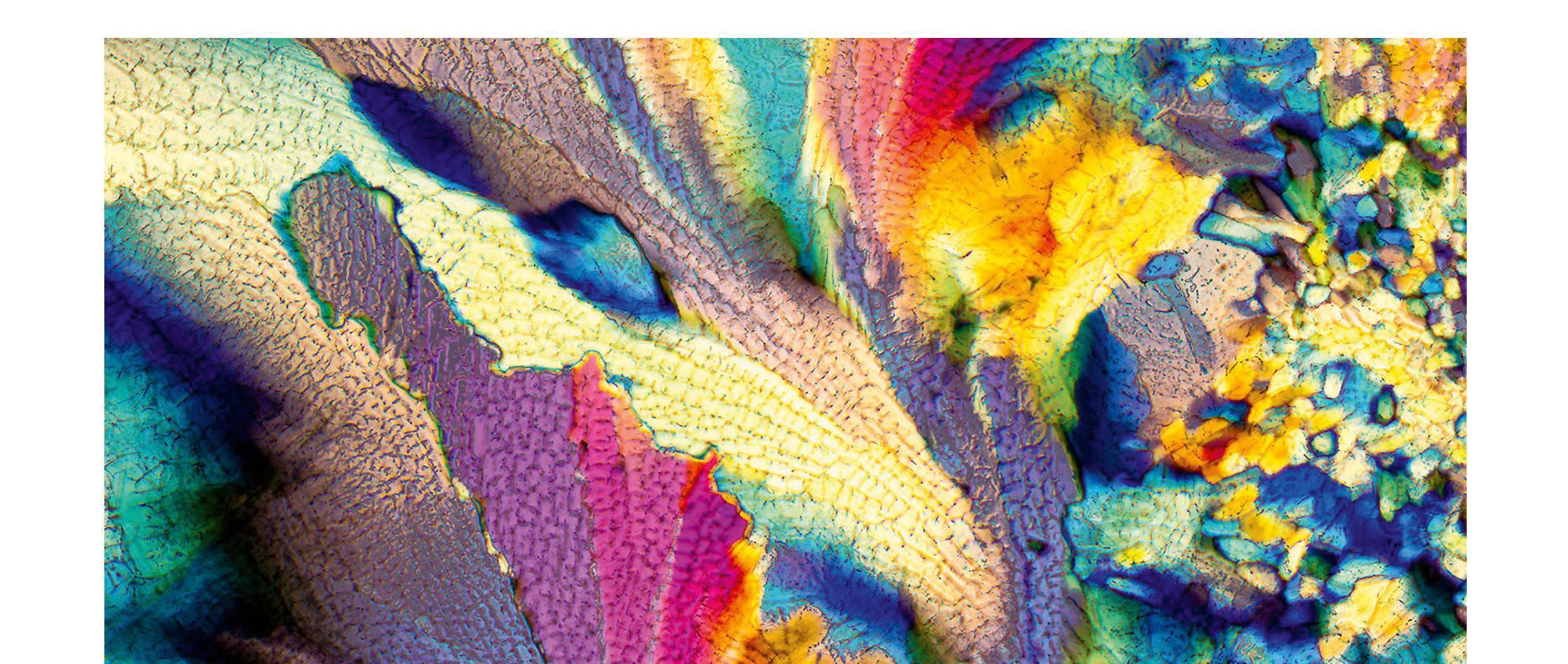
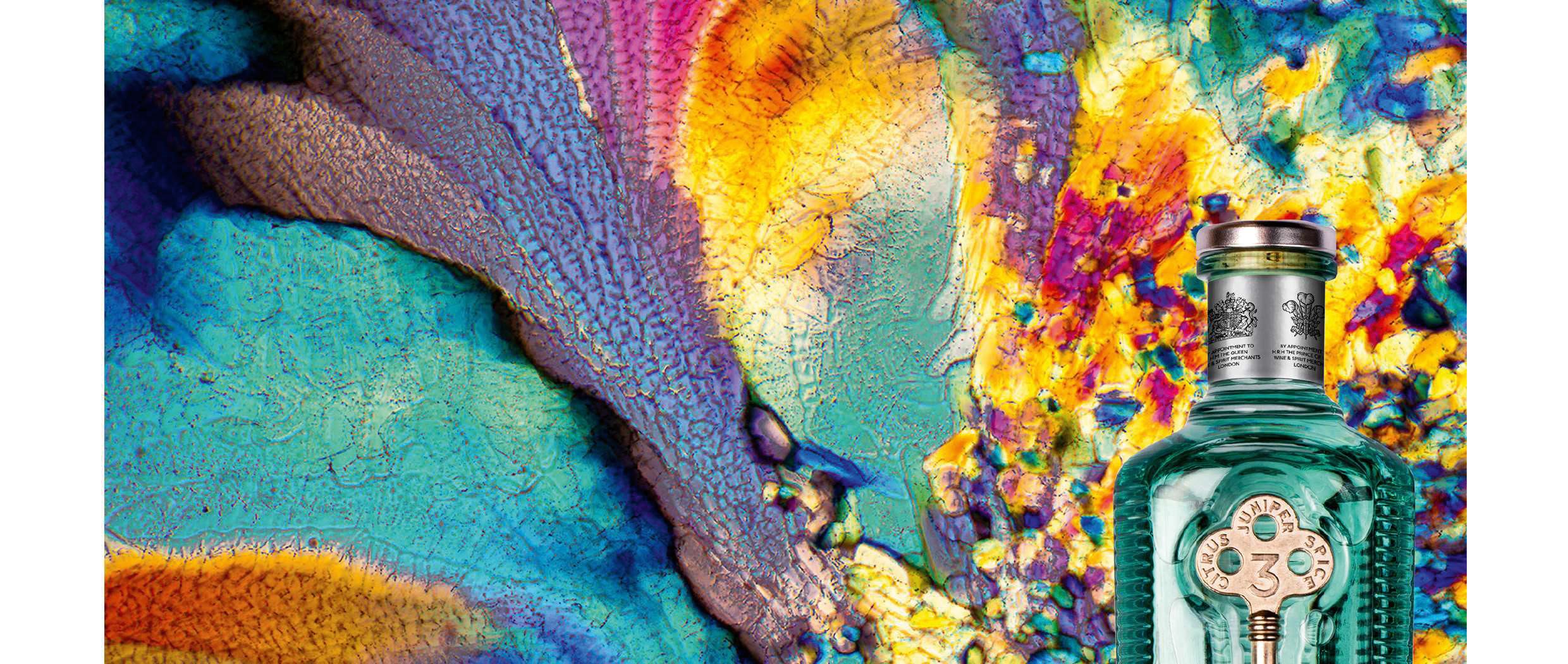
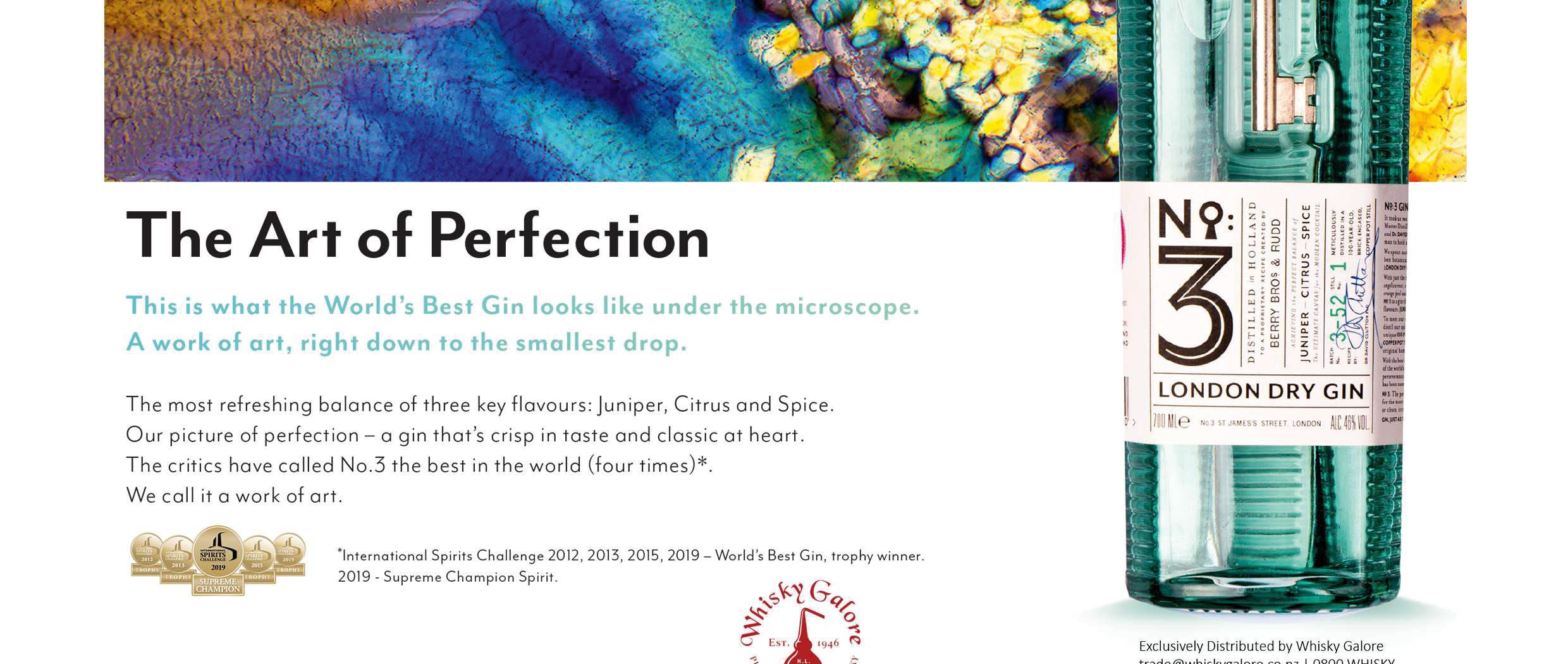
THE COLA COMEBACK
maybe it’s because country music is having a moment again, thanks to a generation of artists who know how to bring a LA-pop styling to sad songs about heartbreak. Maybe it’s because the summer has been a confusing mix of hot, dry Central Otago days and humid, damp sub-tropical storms. Maybe it’s just because summer ought to feel like fun – and bubbles sure do taste like fun. But 2023 is the year of whiskey and cola making a comeback. Whiskey in deference to the icon of the category –Jack Daniel’s.
Despite Jack Daniel’s and Coca-Cola being the brand duo synonymous with the highball variation (think of all the eponymous associations – Jack’n’Coke, JD & Coke, Tennessee Cola), there’s a lot more to be said for pairing the right malt spirit with the right mixer. And although whisky and cola may have a low-brow connotation, hear me out – after all, we’re talking highball variations here and highballs are all class.
WHERE IT ALL STARTED
While some aspects of cocktail history are murky and others are a matter of hot debate, here’s a rough lineage of how whisky and cola came to be. Our story starts with rum, which was often mixed with fruit juices and citrus to help disguise poor cuts and rough spirit. The first cocktail featuring these ingredients is recorded around 1798. By the time we get to the Prohibition era in the US, bourbon and whiskey production largely scaled down to barely medicinal and industrial production. Rum, however, was easier and cheaper to stock illicit speakeasys with, direct from the Caribbean. It was still often rough, poorly cut and benefited from the sweet, caramelly influence of Coca-Cola. Even better with a splash of fresh lime. If you’re thinking that sounds a lot like the Cuba Libre, you’d be right. Effectively a highball but using cola instead of soda water. It’s from the iconic Cuba Libre highball, most people attribute the bourbon or whiskey version.
What’s the difference between a whisky & cola highball being delicious or feeling like an abomination? The ratios.

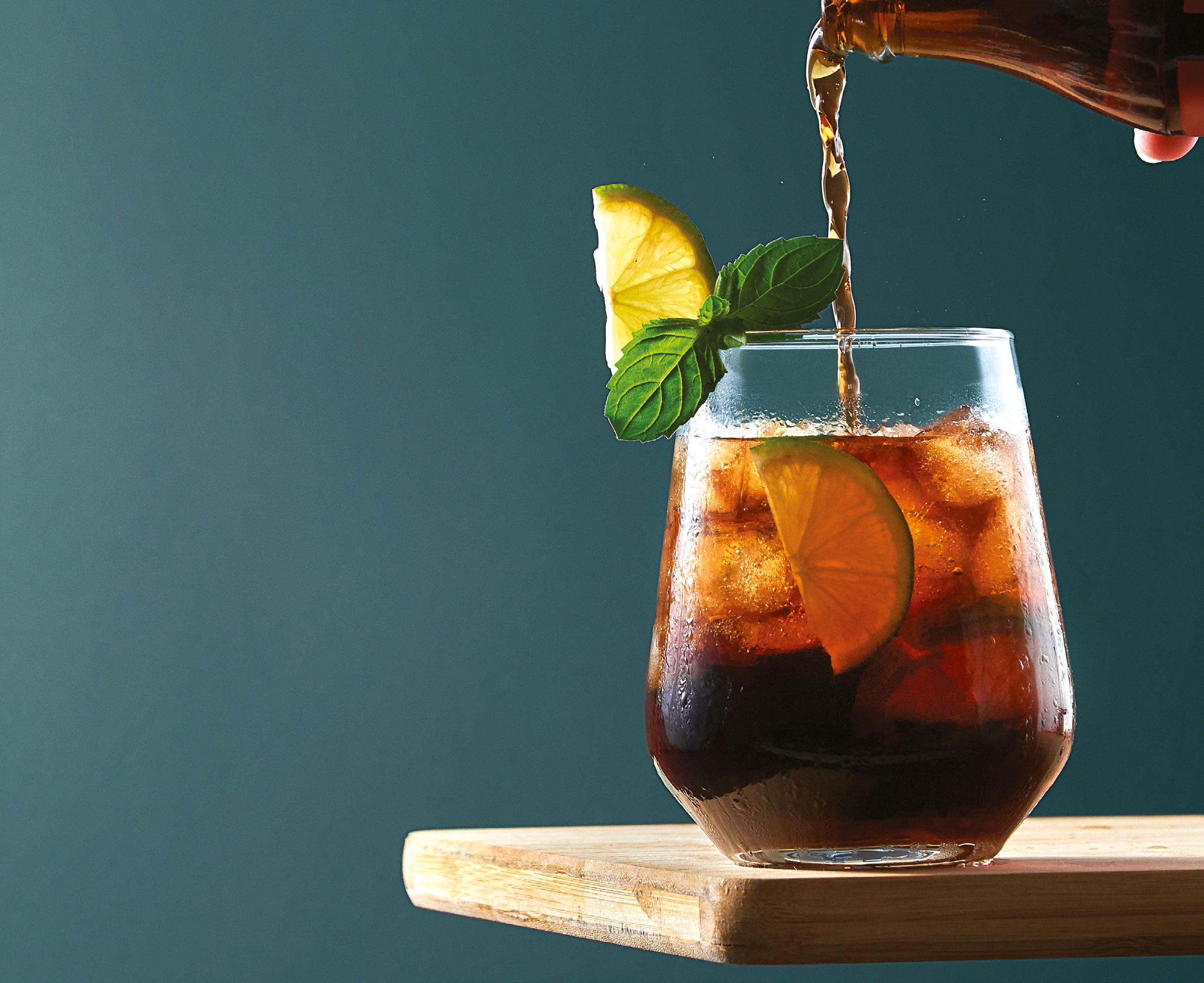
18 THE SHOUT NZ – MARCH 2023
Whiskey and cola may seem a little 1980s for some, but this cocktail is back with a vengeance, writes Tash McGill.
When ratios are perfect – the whisky and cola highball becomes a symphony of vanilla, spice, caramel, butterscotch (and in my preferred version, a hint of fresh citrus) that is also the easiest whiskey cocktail you’ll ever make. Those ratios?
HOW TO BUILD THE PERFECT WHISKEY & COLA
Each cola is slightly different – some lean sweeter, others with more spice, but they are all actually relatively complex when it comes to layered earthiness, sweetness, nuttiness and spice. It’s a robust mixer, so requires a decent pour. In New Zealand, our standard double is actually 30ml or approximately 1oz (a hat tip to the American origins of this drink).
When someone orders a whiskey and coke at the bar, it’s very common to see this drink poured as a standard spirits pour plus mixer. But that’s not how we want to think about this drink. This is a cocktail. Simple? Yes. But it’s still a cocktail.
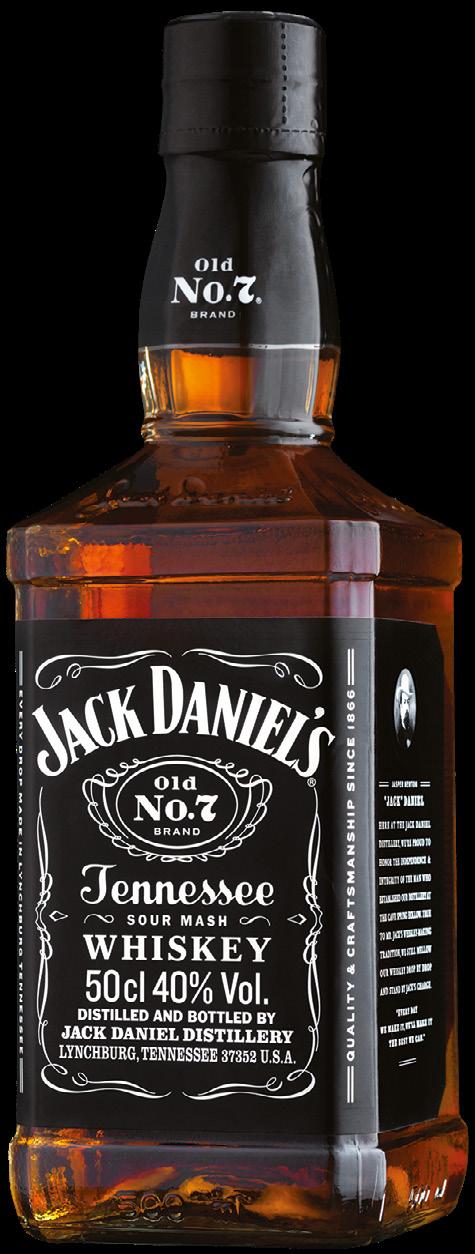
The correct ratio is 1:2 – 60ml whiskey, 120ml of cola and a citrus wedge. If we were going to be really precise, the best pour belongs in a highball glass with large ice stacked to the rim (never floating!). There are

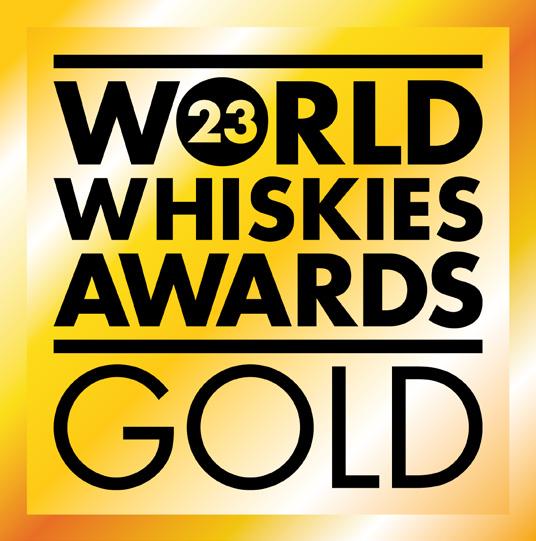
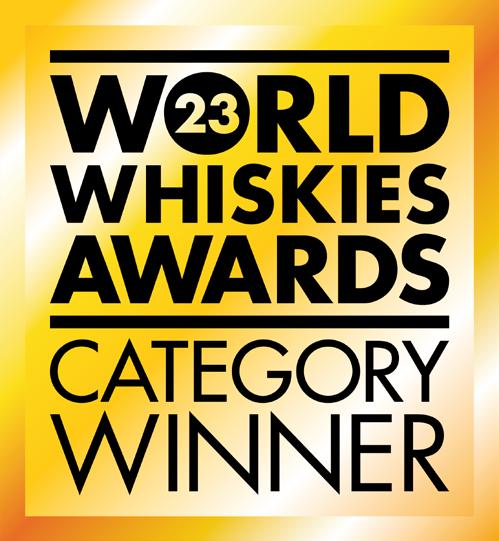
other house rules that tend to get in the way – if we’re thinking from a spirits plus mixer philosophy, you’re more likely to see the drink poured in a rocks glass.
OTHER VARIATIONS
Whiskey and ginger is another pairing not to be ignored. We’re using whiskey with an ‘e’ because you’ll find that using bourbon or rye will provide a sweeter style of the drink but using Irish whiskey will provide something a little more delicate on the palate. Citrus is essential to bring this pairing to life.
The difference between a simple cocktail like these whisky highball variations and a more complex whisky cocktail is that they don’t use or rely on a modifiers like vermouth, liqueurs or other syrups.
THE EXCEPTION
We say whiskey and Coke, but it could easily be bourbon and Coke. After all, while I’m a proponent of you drinking your way, the truth is American whiskies are better suited by flavour profile to a whiskey and cola highball because of their sweeter and spicier profile. However, there is always one exception and I bring you – the Smoky Cokey.
THOMSONWHISKY.CO.NZ BEST NZ SINGLE MALT 2023 NO AGE STATEMENT
Jack Daniels
whisk(e)y
This pairing was discovered by Dave Broom during research for his book Whisky: The Manual, released in 2014. That’s right, this is a new classic! Broom was searching then for the perfect Scotch whisky mixer, researching everything from tea to – you guessed it – cola. He discovered that Lagavulin and Coca-Cola was a heavenly pairing. Diageo ambassador Colin Dunn made it famous by serving it at the famous Islay whisky festival Feis Ile.

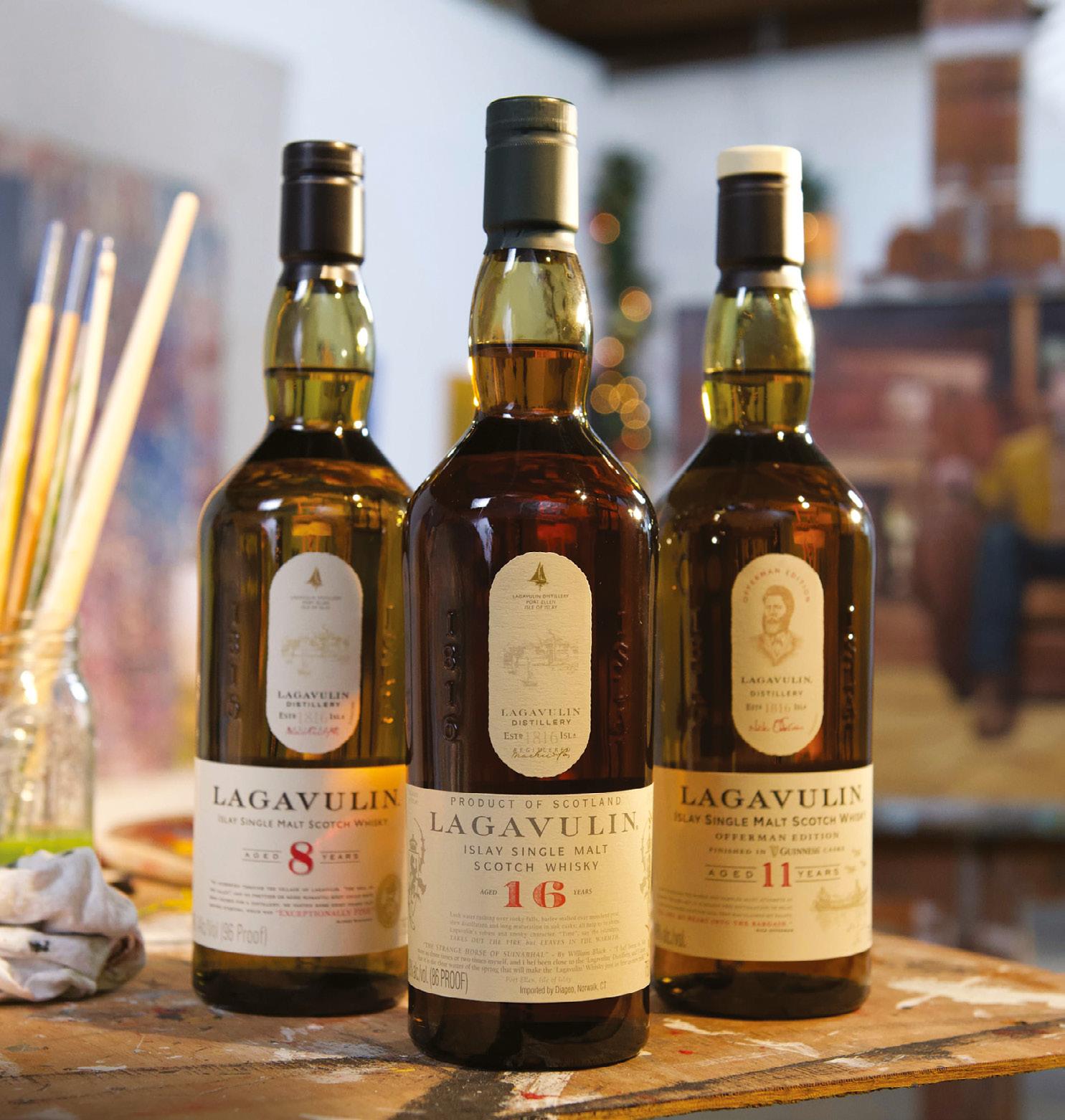
The naysayers will raise hands to heaven and scream out loud if you’re seen ordering this drink for the first time – but given it’s a bartender’s drink and proudly ordered by some of the finest distillers of Scotch malt when out for a drink, it’s worth highlighting this great beverage to the most discerning of consumers. It’s important to remember that whisky is meant to be fun and so why shouldn’t one of the stalwart brands of pure Scotch whisky also be at the center of one of the most curious and delicious new Scotch whisky cocktails to be seen this century?

Why does the Smoky Cokey work?
Cola is sweet but also slightly bitter with a minerality and nuttiness that complements the bold peat, damp and slightly oily characteristics of Lagavulin. But variations with almost any heavily peated whisky will bring joy to your face when served in the correct ratios, with a lemon peel twisted over the top to extract those delicious oils.
Lagavulin
20 THE SHOUT NZ – MARCH 2023
Divergence FIVE
THE LATEST IN KIWI WHISKY

It’s been a huge year for New Zealand whisky, with Pōkeno Whisky and Waiheke Whisky both releasing to market, alongside continued growth for existing New Zealand brands.


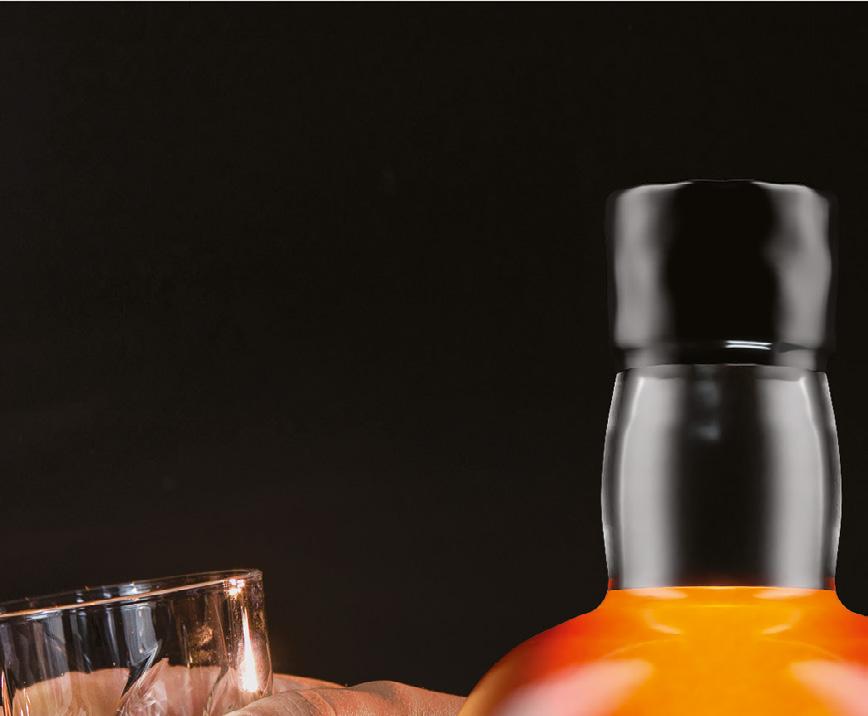
Divergence Whisky is known for small cask aging and using modern, New World whisky exploration in creating their range of largely French-Oaked whiskies alongside some unique bottlings using wine casks and sloe gin casks. This year, they are diverging from their divergence and releasing their first 5 year old whisky, made in a more traditional style using exbourbon and sherry casks. The exclusive release was released at Dramfest this year and limited to 200 bottles.
For founder Antony Michalik, it’s a milestone. “It’s a triumph to get there – to put the time, effort and investment in and it feels good that it’s ready now. We always wanted to release a 5 year old and it’s nice to be able to have the opportunity.” While we’re speaking, Antony is also doing the books, so the irony is not lost. The cost of selecting and then aging barrels over a long period is the most costly part of making whisky.
“2023 IS THE YEAR OF WHISKEY AND COLA MAKING A COMEBACK.”
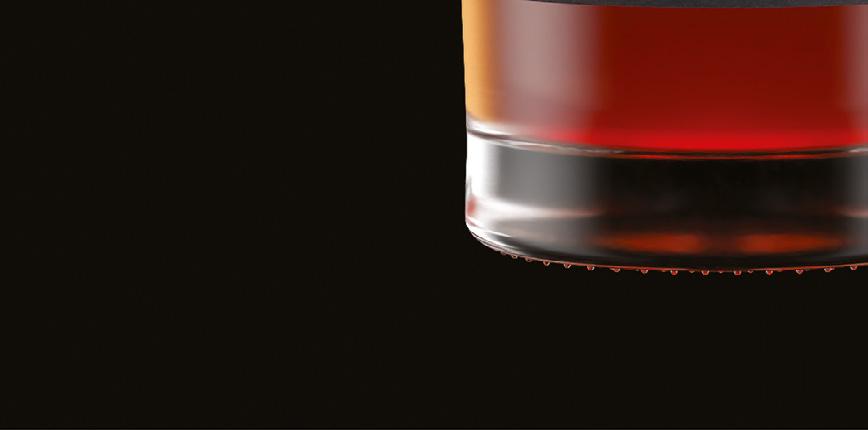
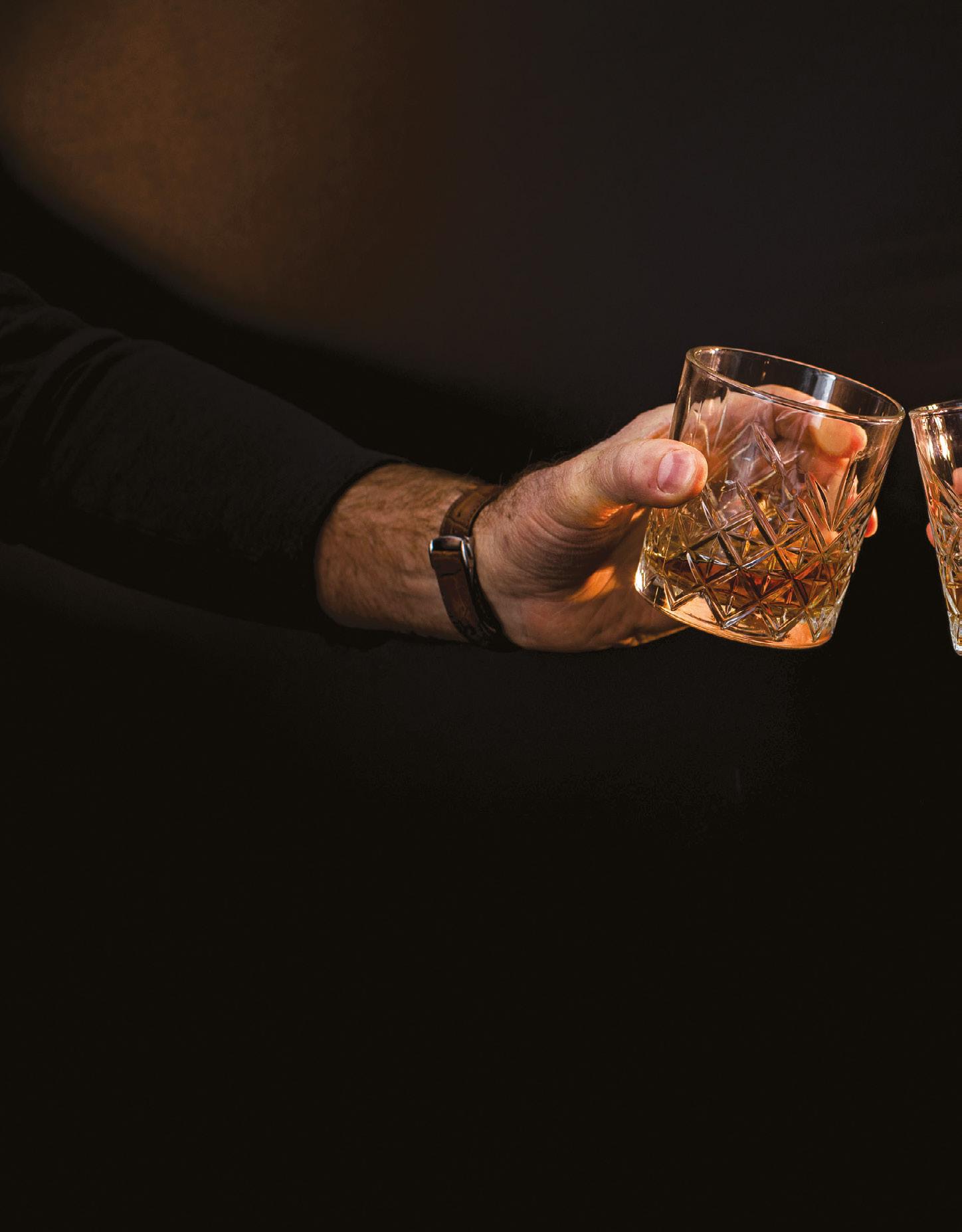
The team has been tasting regularly to ensure the whisky was ready. What the Divergence team are tasting: vanilla, creme brûlée, blackberries and cinnamon, blackberries and pears on the palate, more vanilla cake and stewed apples. There’s a touch of Speyside baked fruit and gentle baking spices with anise and ginger.
It’s also been a huge year for Thomson Whisky which just picked up the Best NZ Single Malt 2023 trophy at the World Whisky Awards in the UK for its South Island Peat Single Malt Whisky. Co-founder Rachael Thomson says, “It’s incredibly exciting to have your liquid blind-tasted at such a prestigious international competition, and come out on top. New Zealand is making some delicious whisky right now, which is fantastic. We’re naturally thrilled with the win.” ■
Thomson Whisky South Island Peat Single Malt
whisk(e)y
All white
SAUVIGNON BLANC
sauvignon Blanc has everything going for it bar critical acclaim. For the neophyte, New Zealand Sauvignon Blanc is immediately recognisable; for those in marketing it has a global reputation; for those in sales it has a broad and loyal consumer base; for those growing it, it can be harvested relatively early and cropped relatively high; for those making it, it is both reproduceable and vastly adaptable; it just doesn’t figure much in critics’ ‘top wines’ lists all that much.
Which is a shame because, if you were to take the counterpoint: Riesling (for which international sales have never really taken off and yet remains the critics’ favourite) they have much, broadly, in common. Both are aromatic varieties with a high level of acidity and it’s this latter characteristic that makes both varieties vastly adaptable in the winery.
Sauvignon can be aged in oak, it can be harvested late for very tropical fruit notes, it can be harvested even later for dessert wines, and it can be blended. There’s a reason it’s found in the steely dry white wines of the Central Loire (Sancerre is its best-known iteration) through to the barrel-aged dry and unctuously sweet wines of Bordeaux, and that’s all due to its acidity.


‘Acidity’ as a word is rarely used by wine writers (we tend to prefer the more consumer-friendly term ‘freshness’) but it is this quality that keeps people going back for a second sip, no matter what the style of wine. In the often early-harvest wines of Marlborough, this acidity is so high that it needs a little sugar to counterbalance the palate and round-out the wine. Et voilà: the classic, grassy, asparagus-hinted, fresh white wines of Marlborough come into being.
As such a dominant category for the national wine industry, there is little incentive to change this recipe for large-scale operations although a number of mediumscale producers are producing wines with drier, more savoury/mineral and reductive (smoky) notes. Other, smaller but no less renowned outfits (Martinborough’s Ata Rangi springs to mind) are playing with increased skin-contact/maceration, also giving more complex and often very enticing aromatic notes and palate texture – a technique also being encountered more and more in Riesling production over here.
By Oliver Styles, winemaker and Editor of World of Wine.
1
BLANC 2022
There’s no mistaking the burst of passionfruit then citrus, with a layer of fresh basil and mineral on the bouquet. Delicious on the palate, fresh and intense, fruity and herbaceous with flavours that mirror the bouquet. Acidity is intense pushing the citrus flavours and fresh herb qualities. A great summer with best drinking from 2022 through 2025. Scored 94 points by Cameron Douglas MS.
RRP $29.00
Distributor: Seifried Estate
Phone: (03) 544 5599
www.seifried.co.nz
2 ARA SINGLE ESTATE MARLBOROUGH
SAUVIGNON BLANC
Refreshing lemon and grapefruit aromas interplay with green notes of capsicum and tomato leaf. Citrus, blackcurrant and bell pepper flavours fill the palate to create a wine that’s gracious with
a deliciously crisp, dry finish. This aromatic vegan certified Sauvignon Blanc shows classic Marlborough purity, with wonderful acidity.
RRP $18.99
Distributor: Giesen Group Ltd
Phone: (03) 344 6270
www.arawines.co.nz

3 FORREST MARLBOROUGH
SAUVIGNON BLANC 2022
A classic Marlborough Sauvignon Blanc; all passionfruit, grapefruit, elderflower and flowering blooms on the nose. To taste, it has passionfruit and guava, aromatic herbs, lemon thyme and sage with hints of white flowers. It’s full and generous in the mouth, yet crisp, refreshing and dry with just a hint of salty minerality on the finish.
RRP $25.00
Distributor: Forrest Wines
Phone: (03) 572 9084
www.forrest.co.nz
2 3 1
AOTEA BY THE SEIFRIED FAMILY NELSON SAUVIGNON
22 THE SHOUT NZ – MARCH 2023
4 GIESEN UNCHARTED MARLBOROUGH
SAUVIGNON BLANC
A combination of tropical fruit flavours – passionfruit and fresh pineapple, with underlying citrus notes, grapefruit, and lemon drops. The palate is bright and energetic, striking passionfruit and sherbet flavours, with hints of tarragon. The wine finishes long with a crystalline expression of fruit.
RRP $19.99
Distributor: Giesen Group Ltd
Phone: (03) 344 6270 www.giesen.co.nz
5 HUNTER’S HOME BLOCK MARLBOROUGH SAUVIGNON BLANC 2022



Showcasing the true reflection of complex characters from vineyards that are grown close to the winery, the wine shows crisp apple and ripe grapefruit, white peach, and passionfruit notes. Multi-layered palate of floral and tropical fruit is well-supported by the acidity to give this wine a fresh and elegant finish to enjoy. An ideal food wine with persistent flavours and great structure, these flavours and aromas leave a fresh lingering finish on the palate, making it a full satisfying wine.
RRP $29.90
Distributor: EuroVintage
Phone: (0800) 338 766 www.hunters.co.nz
6 HUNTER’S MARLBOROUGH SAUVIGNON BLANC 2022

This classically styled Sauvignon Blanc shows passionfruit and citrus characters along with grapefruit and green herbs. Dry and saline, the lively palate has a creamy texture and a juicy finish. The multi-layered palate is rich and complex with a dense fruit core. These flavours and aromas leave a fresh lingering finish on the palate, making it a full satisfying wine with balanced acidity.
RRP $20.90
Distributor: EuroVintage
Phone: (0800) 338 766 www.hunters.co.nz
7 JACKSON ESTATE STICH MARLBOROUGH SAUVIGNON BLANC 2022


On the nose various loads of ripe white stone fruits and zesty citrus abound. This follows through to taste with the same fresh zesty citrus and succulent stone fruit, combined with an underlying lees-driven textural backbone and mineral concentration. A perfectly balanced and crunchy acidity gives the wine lift, presence and poise.
RRP $21.00
Distributor: Hancocks
Phone: (0800) 699 463
www.jacksonestate.co.nz
8 LEEFIELD STATION MARLBOROUGH SAUVIGNON BLANC 2022
The preservation of aromatic and fruit flavours from the vineyard through to the winery is of utmost importance in this Sauvignon Blanc. Quintessential zesty aromas of grapefruit flesh, gooseberry, and an uplifting perfume of fresh Thai basil. The succulent palate is driven by a tight line of saline acidity, coupled with, concentrated lemongrass and blackcurrant fruit, lending this wine to excellent persistent flavour with a refreshingly dry finish. Try alongside the fresh vivid flavours of Kingfish crudo, jalapeños and lime.
RRP $21.99
Distributor: Marisco Vineyards
Phone: (09) 522 9684
www.marisco.co.nz
9 PALLISER ESTATE MARTINBOROUGH SAUVIGNON BLANC 2022
An iconic Martinborough style of Sauvignon Blanc that is serious, subtle and textural while still oozing with vibrant tropical and citrus fruit characteristics. Pale lemon with perfect clarity. On the nose it’s musky and aromatic, showing blackcurrant, passionfruit, garam masala, tomato leaf and blossom. Electric and intense with pristine fruit expression, the palate is dry, focused, and luscious. The residual sugar adds weight and texture to the wine. Enjoy with kaimoana and Asian-style cuisine between now and 2027.
RRP $30.00
Distributor: Negociants
Phone: (0800) 634 624
www.palliser.co.nz
tasting notes 4 5 7 9 6 8
SAUVIGNON CAN BE AGED IN OAK, IT CAN BE HARVESTED LATE FOR VERY TROPICAL FRUIT NOTES, IT CAN BE HARVESTED EVEN LATER FOR DESSERT WINES, AND IT CAN BE BLENDED.
THE SHOUT NZ – MARCH 2023 23
10 RIMAPERE MARLBOROUGH SAUVIGNON BLANC 2022



Bright pale straw with lustrous green hues and sparks of gold. Elegant structure, classic Marlborough zest and lift, this wine displays the scents of spring with notes of white blossom, citrus and lemon sherbet. Citrus and passionfruit flavours with a full-flavoured middle from concentrated fruit with the distinctive Rapaura flinty and mineral finish. One to three years age potential.
RRP $30.00
Distributor: Hancocks
Phone: (03) 445 0897
www.akarua.com
www.hancocks.co.nz
11 RIMAPERE PLOT 101 MARLBOROUGH SAUVIGNON BLANC 2021
Pale straw with green hues. Distinct lime and lemon notes, developing with fragrant white flowers aromas, gentle oak complexities with a creamy “sur lies” overlay. Elegant texture, rich lemon and grapefruit flavours. Fine with a long palate that demonstrates an elegant persistence. Ageing potential two to five years.
RRP $45.00
Distributor: Hancocks
Phone: (03) 445 0897
www.akarua.com
www.hancocks.co.nz
12 ROCK FERRY THE CORNERS VINEYARD MARLBOROUGH SAUVIGNON BLANC 2021

Certified organic, the characterful 2021 vintage was hand-harvested at Rapaura, fermented with indigenous yeasts in a large oak cuvée, and matured on its yeast lees for 10 months in old French oak barrels. Bright, light lemon/green, it is full-bodied and dry, with concentrated, ripe, tropical fruit flavours, complex and savoury, and a crisp, tightly structured finish. Given five stars from Michael Cooper. Drinking well now, it should be at its best mid-2023+.

RRP $29.00
Distributor: Kemp Wine Merchants
Phone: (09) 529 0935
www.greatlittlevineyards.com
13 SEIFRIED NELSON SAUVIGNON BLANC 2022
Intense, weighty sauvignon with delicious passionfruit, green capsicum, grapefruit and lemongrass flavours. Thirst-quenching wine with refreshing acidity and an ethereal texture. Good value at this price. Given 93 points by Bob Campbell MW.
RRP $20.00
Distributor: Seifried Estate
Phone: (03) 544 5599
www.seifried.co.nz
14 TOHU AWATERE VALLEY MARLBOROUGH SAUVIGNON BLANC 2022
Sourced entirely from vineyards located in Southern Marlborough’s spectacular Awatere Valley, this vibrant wine displays aromas of citrus zest and vibrant tropical fruit with notes of fresh spring herbs complemented with hints of orange blossom and lemongrass. The palate is layered with flavours of juicy ripe lemon and lime, sweet fresh pineapple and crunchy green apple. This seamless wine has outstanding fruit concentration and a zesty underlying minerality that leads to a pure, lively and focused dry finish.
RRP $18.99
Distributor: Kono Beverages
Phone: (0800) 864 894
www.tohuwines.co.nz
10 11 12 13 14
24 THE SHOUT NZ – MARCH 2023
CHARDONNAY
regarded as one of the most unique and dynamic wines in the world, Chardonnay’s distinctive flavours and aromas capture the attention of wine enthusiasts and professionals alike.
Known for their vibrant acidity, crisp minerality, and fruitdriven flavours, New Zealand Chardonnay is balanced, elegant, and expressive, with a distinct sense of place.
New Zealand’s cool maritime climate and diverse soils are ideally suited to growing Chardonnay and all regions grow the variety well. Different soils types can influence aroma and flavour, producing Chardonnay with complex flavour profiles that range from citrus and green apple to stone fruit and tropical fruit, often with a subtle mineral note and varying proportions of oak, depending on the producer.
With a distinctively New World character, New Zealand Chardonnay tends to be more focussed on fruit expression and freshness, rather than the rich and buttery style that was popular a number of years ago.
With a focus on sustainable viticulture and minimal intervention winemaking, New Zealand Chardonnay producers are committed to crafting high-quality wines that reflect the diversity and beauty of the region. Many of them have embraced organic and biodynamic farming practices, and some even use wild yeast fermentations and aging in old oak barrels to preserve the purity and expression of their grapes.
Showcasing the unique character of New Zealand’s terroir and winemaking philosophy, Chardonnay is an exciting and dynamic style of wine.
1 ARA SINGLE ESTATE MARLBOROUGH CHARDONNAY


This vegan certified Marlborough
Chardonnay shows wonderful complexity, fresh aromas and flavours of citrus, stone fruit and hints of hazelnuts with a long, focussed finish.
RRP $18.99
Distributor: Giesen Group Ltd
Phone: (03) 344 6270 www.arawines.co.nz
2 GIESEN UNCHARTED MARLBOROUGH CHARDONNAY
Uncharted Chardonnay is an excellent showcase of a cool-climate Marlborough Chardonnay. Look for notes of white peach, lemon, toasted hazelnut, and flint on the nose. Enjoy the rich, concentrated palate, with bright zest balancing the fruit sweetness. Ripe lemon and peach flavours, with grapefruit on the finish.
RRP $29.99
Distributor: Giesen Group Ltd
Phone: (03) 344 6270 www.giesen.co.nz
tasting notes
1 2 THE SHOUT NZ – MARCH 2023 25
WITH A DISTINCTIVELY NEW WORLD CHARACTER, NEW ZEALAND CHARDONNAY TENDS TO BE MORE FOCUSSED ON FRUIT EXPRESSION AND FRESHNESS, RATHER THAN THE RICH AND BUTTERY STYLE THAT WAS POPULAR A NUMBER OF YEARS AGO.
3 LEEFIELD STATION MARLBOROUGH CHARDONNAY 2021
An ideal 2021 growing season saw lively aromatics of enticing warm orchard fruits provide dashes of white peach, apricot, and a hint of citrus blossom. The palate is full and rich, intensified with a generous dose of French oak and a dazzling acidity that delivers freshness and a long, charming finish.
RRP $21.99
Distributor: Marisco Vineyards
Phone: (09) 522 9684
www.marisco.co.nz
4 THE KING’S BASTARD MARLBOROUGH CHARDONNAY 2021

Charming aromas of candied citrus, ripe peach and honeysuckle are supported by subtle oak notes. The luscious palate demonstrates stone fruit and grapefruit pith complemented by a hint of praline from the extended time in oak and lees stirring. Partial malolactic fermentation has helped to soften the palate while the residual acidity extends the wine to a salivating dry finish.
RRP $28.99
Distributor: Marisco Vineyards
Phone: (09) 522 9684
www.marisco.co.nz
5 THE NED MARLBOROUGH CHARDONNAY 2022
A fruit-driven Chardonnay with white peach and quince aromas, elevated by notes of clove, vanilla, and lightly toasted brioche. The palate is plush and creamy from the near full malolactic conversion, whilst still retaining lively acidity and fine oak tannin. A food-friendly style that will compliment a broad array of cuisine, from light seafood and salad dishes to white meat and creamy pasta.
RRP: $19.99
Distributor: Marisco Vineyards
Phone: (09) 522 9684
www.marisco.co.nz
PINOT GRIS
pinot Gris, also known as Pinot Grigio in Italy, is a white wine grape variety that is a mutation of the red grape Pinot Noir. Grown in many wine regions around the world, including France, Italy, Germany, the United States, and New Zealand, Pinot Gris grapes can vary in colour from grayish-blue to pinkish-brown, and the resulting wine can range from light-bodied and crisp to full-bodied and rich.
The flavour profile of Pinot Gris can also vary depending on the growing conditions and winemaking techniques used, but commonly includes notes of citrus, stone fruit, apple, and pear, as well as floral and mineral undertones.
Pinot Gris is often associated with the Alsace region of France, where it produces wines that are known for their richness and complexity. In Italy, Pinot Grigio is typically lighter and more acidic, while in New Zealand, Pinot Gris tends to have bright fruit flavours and a refreshing acidity.
Pinot Gris is grown in all 10 wine regions of New Zealand – from verdant Marlborough, to warmer Hawke’s Bay, and the fruit-concentrating seasons of Central Otago. This results in expressions from weightier, fleshier styles to leaner, more mineral wines. Generally of medium weight and medium-to-low acidity, New Zealand Pinot Gris is characterised by its rounded mid-palate texture and flavours of white-fleshed orchard fruits such as ripe pear, apple and peach.

The versatility of Pinot Gris pairs well with a wide range of cuisines – from spicy curries to mild Thai dishes, light seafood and poultry, and soft cheeses such as Brie. It can be enjoyed young, although some higher-end examples may benefit from a few years of aging.

3 4
26 THE SHOUT NZ – MARCH 2023
NEW ZEALAND PINOT GRIS IS CHARACTERISED BY ITS ROUNDED MID-PALATE TEXTURE AND FLAVOURS OF WHITE-FLESHED ORCHARD FRUITS SUCH AS RIPE PEAR, APPLE AND PEACH.
tasting notes
1 AKARUA CENTRAL OTAGO PINOT GRIS 2022
Pale lime straw with clear hues, this wine has a lovely fragrant nose, showing pear, peach, orange blossom and a hint of lemon curd. The palate is crisp and dry with ripe Nashi pear, stone fruit, melon and a touch of lemon sherbet. Medium-bodied with good concentration, crisp acidity and ending with a long mineral finish. Can be enjoyed on its own or with fresh seafood, chicken dishes and creamy pasta. Cellar through 2027+.
RRP $30.00
Distributor: Hancocks
Phone: (03) 445 0897
www.akarua.com
www.hancocks.co.nz
2 ARA SINGLE ESTATE MARLBOROUGH PINOT GRIS



This Marlborough, vegan certified Pinot Gris offers delicate aromas of pear and quince flowing into delicious honey and citrus on the palate. This elegant wine offers a long, textured finish.
RRP $18.99
Distributor: Giesen Group Ltd
Phone: (03) 344 7270
www.arawines.co.nz

3 FORREST MARLBOROUGH PINOT GRIS 2022

An attractive nose of ripe peach, nashi pear, red apple, honey suckle and just a hint of white flowers. The palate is where the wine really shines; beautifully balanced, rich, full and textured, with a crisp, refreshing finish.
RRP $25.00
Distributor: Forrest Wines
Phone: (03) 572 9084
www.forrest.co.nz
4 LEEFIELD STATION MARLBOROUGH PINOT GRIS 2022
This wine displays fragrant aromas of honeysuckle, white peach and apple, laced with a hint of toasted almond. The palate reveals focused flavours of nashi pear and melon with a seam of salty minerality showcasing concentration and freshness, with a deliciously persistent finish. A highly versatile food wine.
RRP $21.99
Distributor: Marisco Vineyards
Phone: (09) 522 9684
www.marisco.co.nz
5 MATAHIWI ESTATE WAIRARAPA PINOT GRIS 2022
Excellent bouquet – fresh and vibrant, varietal and new. Aromas and flavours of quince and fresh green pear skin, a whisper of citrus then red apple flesh. Plush, fresh and salivating on the palate with core flavours that mirror the bouquet, plenty of acidity, a fine layer of minerality and fine lees quality. Balanced and well made with a new, fresh and lengthy palate.
RRP $23.99
Distributor: Matahiwi Estate
Phone: (027) 488 8100
www.matahiwi.co.nz
6 THE NED MARLBOROUGH PINOT GRIS 2022

Recognisably salmon pink in colour, The Ned Pinot Gris 2022 showcases classic aromas of quince, pear drop and vibrant stone fruit. The palate is lush with juicy nectarine and Braeburn flavours, supported by an underlying hint of spice that leads to an unctuous ripe finish. A versatile wine when it comes to food matching with its notable fruitiness and gentle acidity.
RRP $19.99
Distributor: Marisco Vineyards
Phone: (09) 522 9684
www.marisco.co.nz
1 2 3 5 4 6
THE SHOUT NZ – MARCH 2023 27
WELLINGTON: FORK AND BREWER
A laidback craft beer pub, Fork and Brewer is one of the OG beer spots of Wellington. With 42 taps in-house (40 of those pouring Fork and Brewer beer), there’s everything from lagers and IPAs to spiced pumpkin stouts and grape ales. More like a neighbourhood pub in the heart of the CBD, there is always good food, great beer and a chilled vibe. It’s the perfect place to drink great beers with friends old and new and not worry about what you're wearing or who you're with.
Signature brew: Lupo Solitario Mosaic – a single hopped IPA with 100% New Zealand Mosaic.
Number one food and beer pairing: Homemade short rib pie served with a delicious pint of Colorado – a full-bodied, malty red IPA with subtle stone fruit undertones.
SPOTLIGHT ON NZ LOCALS: Brewpubs
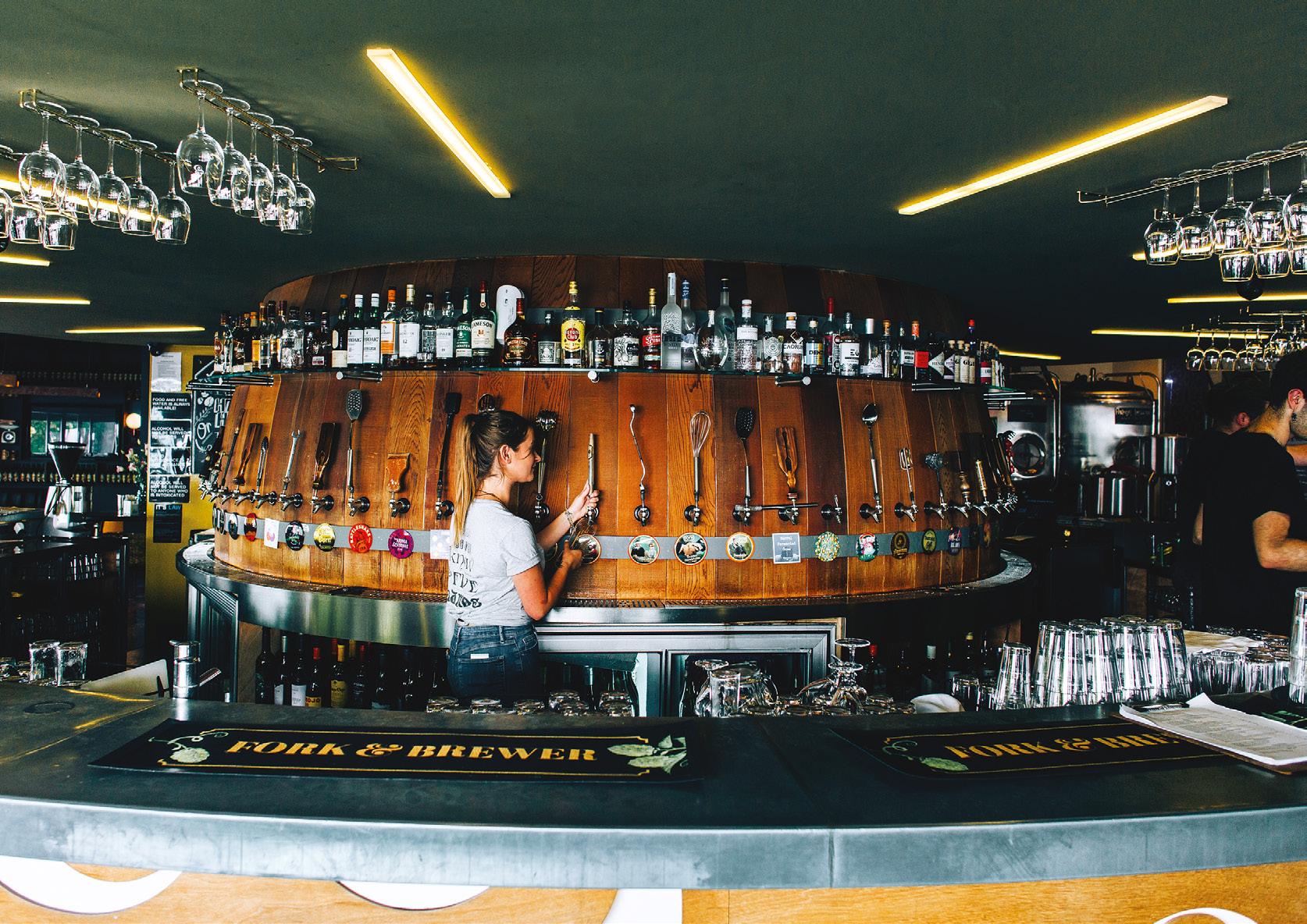
AUCKLAND: 16 TUN
A modern Kiwi take on a classic English pub, 16 Tun is located in Auckland’s Wynyard Quarter and features a solid oak and copper fit out, giving the cosy feel of a community lounge in the heart of the village. The ever-changing tap selection gives you instant engagement with the team who can guide you through the carefully crafted beers of independent brewers from all over New Zealand. They are passionate about providing the best beer New Zealand has to offer. Even the name is a nod to the brewer’s noble art. A Tun is an insulated brewing vessel used in the mashing and lautering stages of beer making.
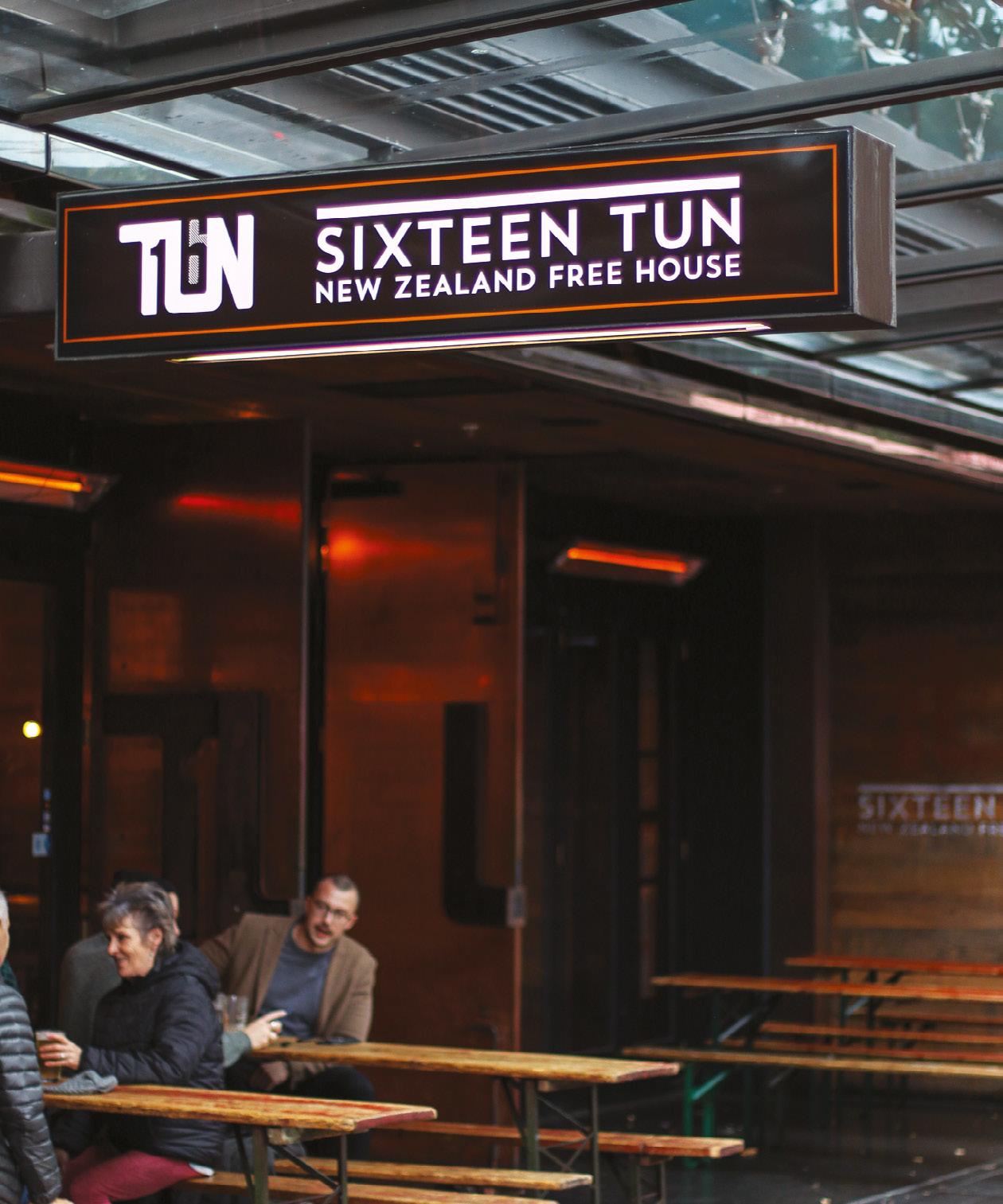
Signature brew: Any of the carefully curated rotating 19 taps.
Number one food and beer pairing: Buffalo
Chicken wings with the Bootleg Belgian Tripel –the monks would have definitely bought this out on chicken night!
The Shout NZ is dedicated to supporting Kiwi locals and this month we’re exploring some of the best brewpubs around the country.
28 THE SHOUT NZ – MARCH 2023
QUEENSTOWN: ATLAS BEER CAFÉ

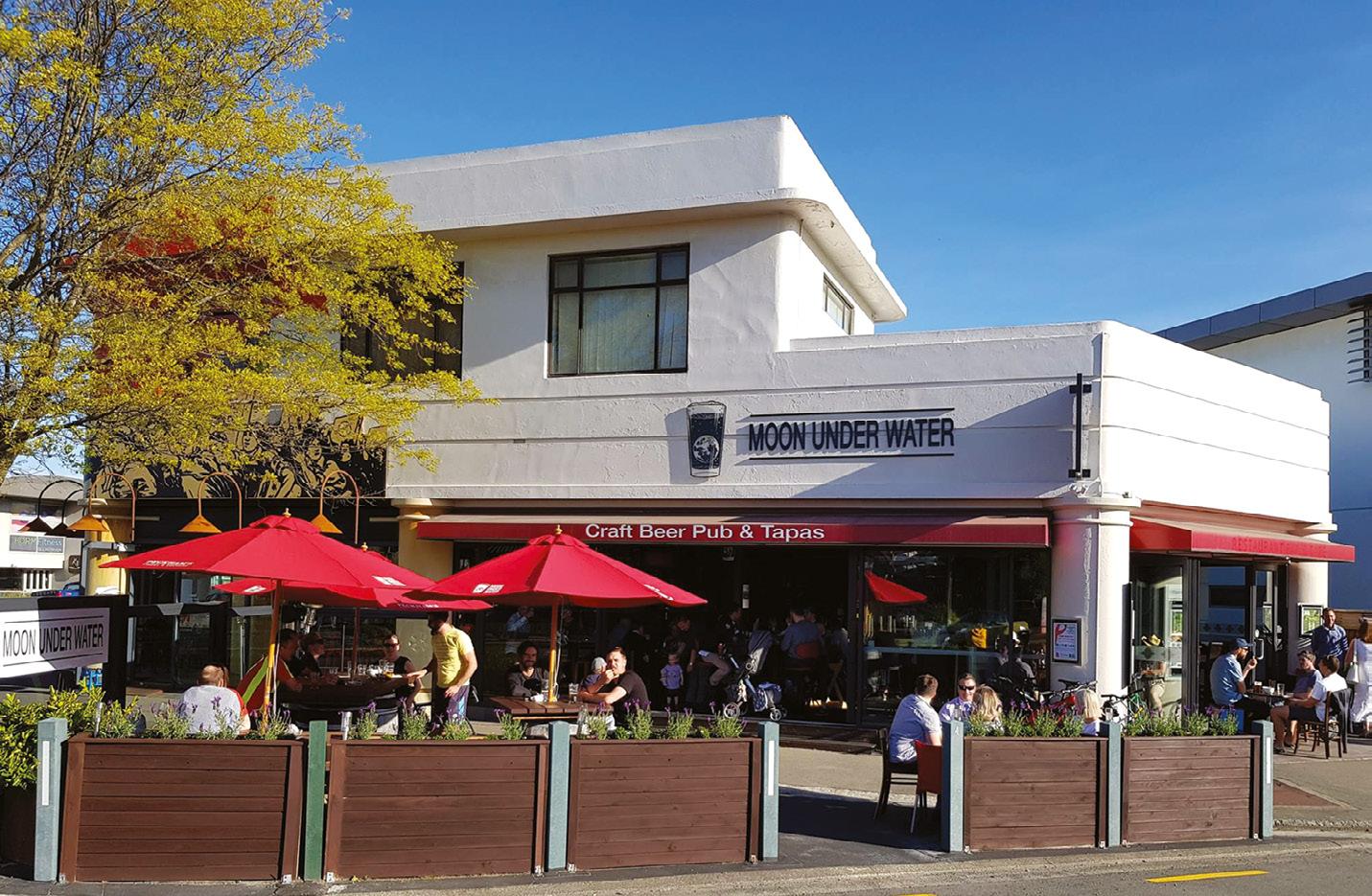
A hidden local watering hole nestled on the shore of Lake Wakatipu, Atlas has a small footprint but a big atmosphere. With quirky décor, friendly staff, good tunes and great banter, the Atlas team is passionate about all things beer and food related. With a great variety across 24 taps, the focus is on quality and a good balance of local brews, along with flavours from further afield. With a big 570ml pint in hand, sunset on the horizon and a hearty meal in front of you, what more could you want? And for any newcomers, the toilet is through the fridge!
Signature brew: Emerson's Pilsner, Altitude's Mischievous Kea IPA and Crimson Badger's Ginger Bear. Number one food and beer pairing: You can't go past the famous Atlas Steak, topped off with a pint of Emerson's 1812 Pale Ale.
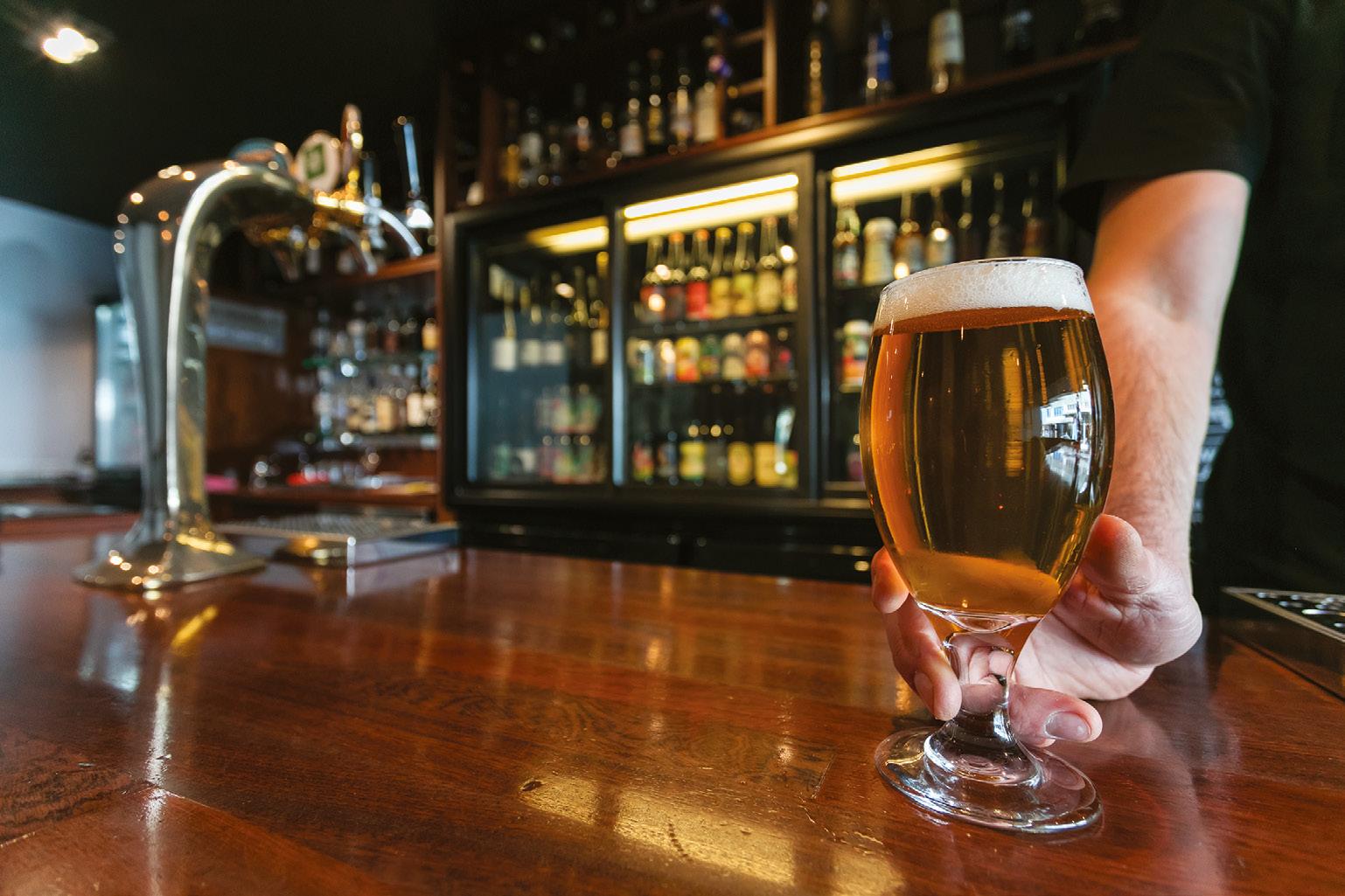
DUNEDIN: SESSIONS
Set away from the hustle of Dunedin’s octagon, Sessions is a small family-run free-house bar that focuses on New Zealand craft breweries. With rotating taps and new fresh beers, mixed in with some of New Zealand’s core range classics, chat with the bartender about what’s new in and have a cheeky wee taste before you decide.
Signature brew: It’s too hard to pick just one!
Number one food and beer pairing: Dill pickle, green tomato chutney and cheese toastie with Sawmill Session IPA. This session IPA is crisp, clean and balanced, super-easy to drink with anything.
CHRISTCHURCH: MOON UNDER WATER
A neighbourhood venue inspired by the commonalities between British, Irish and Dutch community pubs, Moon Under Water is place to meet friends, catch up over a beverage, watch the world go by or just read a book with a beer. The team is not only passionate about presenting the very best quality beers possible to their customers, but they also care about the story behind the beer. And to make it even better, one of the core principles at Moon Under Water is being actively involved in the community – whether that's fundraising, organising community events and festivals or standing up for social issues they are passionate about. It's more than just a pub.
Signature brew: Each year they hold the "New Zealand Stout Challenge", so that's a style we're well known for serving.
Number one food and beer pairing: A fantastic New Zealand-made cheese by the likes of Whitestone in Oamaru paired with something lovingly-made by Craftwork Brewing.
on-premise
THE SHOUT NZ – MARCH 2023 29
peak CLIMBING TOWARDS
Is the dominance of hazy beers in the craft beer market coming to an end? Beer expert Martin Bridges investigates.
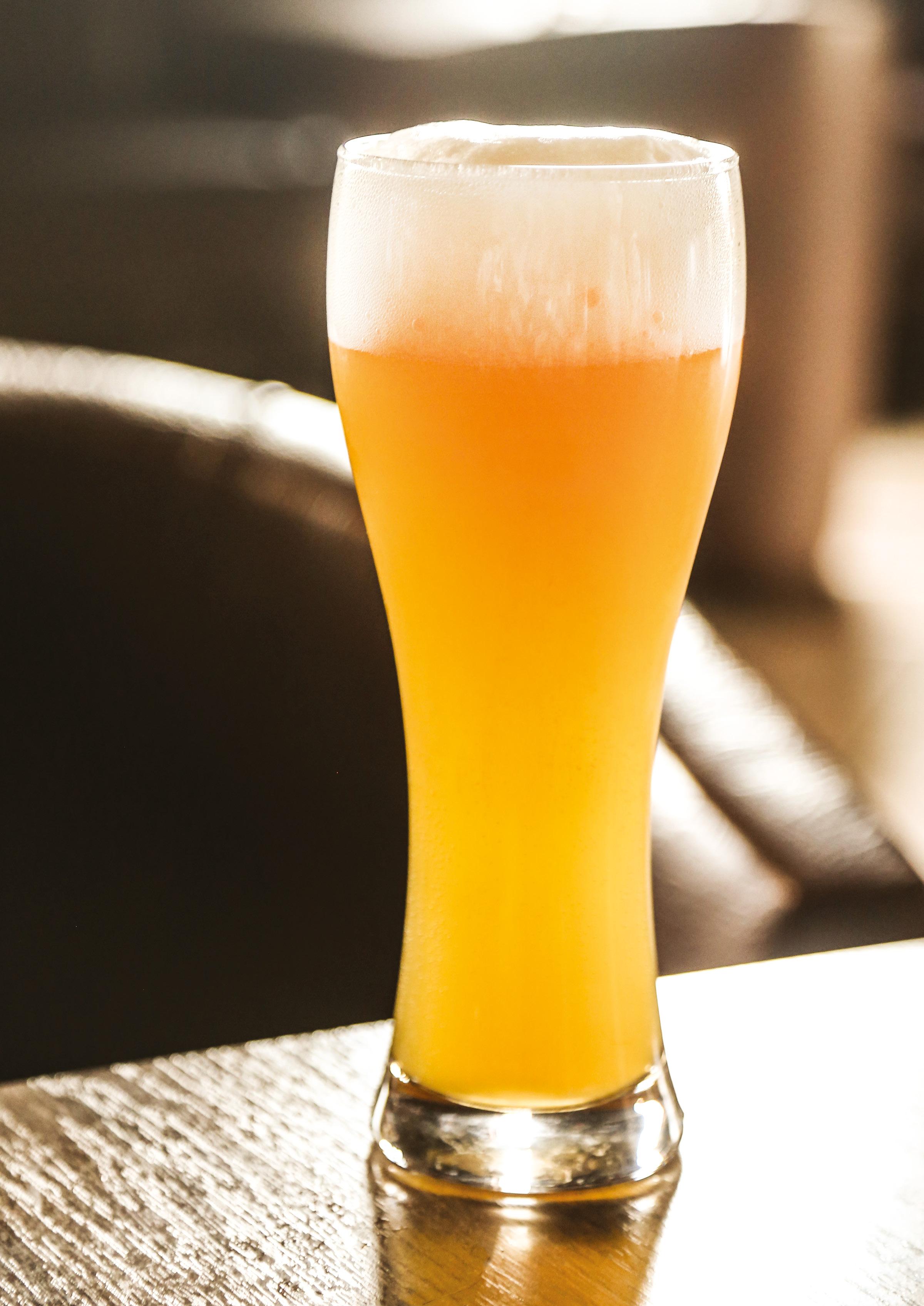
haze 30 THE SHOUT NZ – MARCH 2023
in November 2021 I wrote an article entitled State of the Hazy Nation. It was an attempt to do a checkpoint on the growth of hazy beers in New Zealand and I ended that article with the fairly bold statement: “I suspect that we’ve possibly reached ‘peak haze’ and that the levels of dominance won’t be sustained for much longer”.
Now, a year down the track, I thought it was a reasonable time to revisit that statement and see if there was any truth to it. Have we scaled the peak and about to begin our descent? Or are there new heights ahead of us?
UNPRECEDENTED GROWTH OF A BEER STYLE
The growth of hazy styles in the New Zealand craft beer market has been nothing short of explosive. From their emergence in 2016 –when Garage Project’s Party & Bullshit was a controversial entry into the Malthouse bar’s annual West Coast IPA Challenge – to their domination of the craft scene by the early 2020s, this is growth we haven’t seen before. It’s not quite on the scale of the supplanting of pale ales by pilsner styles in Europe in the late 19th and early 20th century, but it’s not far off. It would be impossible to go into any craft beer bar and not find at least one hazy beer on tap these days.
For clarity (pun intended!) I’m using the term “hazy beers” as a catch-all for a number of different sub-styles. The term first emerged with New England IPAs (NEIPAs) from the USA but now we have hazy pale ales, unfiltered IPAs and a number of other variants (including beers containing actual fruit flavours and essences) which all blur the edges of the style definitions. It’s valid to refer to “hazy beers” as they all share some fundamental characteristics: a distinct lack of clarity, a fruity hop character and a diminished bitterness.
LEVELLING OFF OR LEVELLING UP?
The growth of hazy beers has certainly been impressive, but will it continue? Going back to my original question, are we reaching peak haze? Over the last year I’ve certainly heard anecdotal feedback from craft brewers that suggests that there is a general relaxing of focus on the style. This is, in part, due to a maturing of some relatively new breweries that had put a lot of emphasis into hazys and who are starting to broaden their offerings. In addition, social media groups dedicated to craft beer are seeing more posts about craft fans being “over hazys”. However, I wanted to check whether what I was hearing was actually supported by evidence in the market.
As part of my research for my previous article, I did some analysis of the beers stocked in the beer fridge at my local supermarket, which has an extensive range of craft beers (around 150 different beers). When I wrote my original article in late 2021, hazy beers made up 27% of the individual beers in the fridge, which is an astounding number when you take into account the overall range of styles stocked, from lagers through pale ales, stouts, wheat beers and sours. I was intrigued to repeat the analysis in November 2022 and revisited the same beer fridge which still contained a similar number of total beers. This time hazy beers made up 28% of the total, a very slight increase on the previous year, but still the single largest style by far.
This points to a slowing of growth, but other factors need to be considered if we’re trying to assess the maturity and future prospects of the hazy beer market.
REACHING THE MAINSTREAM
Glancing to the side of the craft beer fridge at the aforementioned supermarket into what I always call the “six-pack fridge” gives me the confirmation that the hazy beer trend has been cemented into the New Zealand
Martin Bridges – aka Beer Bigwig – has more than 15 years of experience in tasting, judging and talking about beer. As Beer Bigwig he provides beer advice and consultancy to bars, breweries and other businesses.

hazy beer
THE SHOUT NZ – MARCH 2023 31
“THEY ALL SHARE SOME FUNDAMENTAL CHARACTERISTICS: A DISTINCT LACK OF CLARITY, A FRUITY HOP CHARACTER AND A DIMINISHED BITTERNESS.”
HAZY FAVES
Martin’s top five hazy must-tries…
› McLeods 802 Series
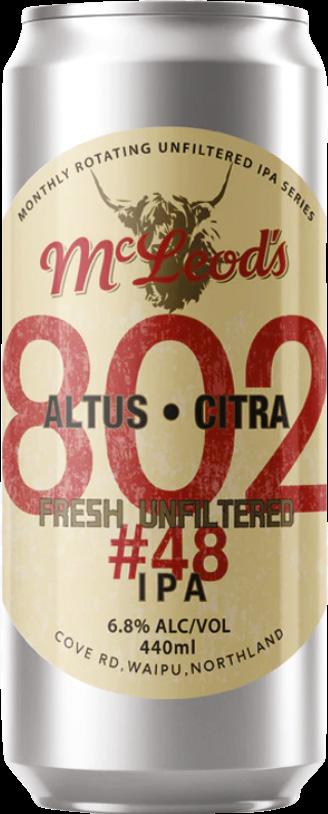

› Behemoth Music City
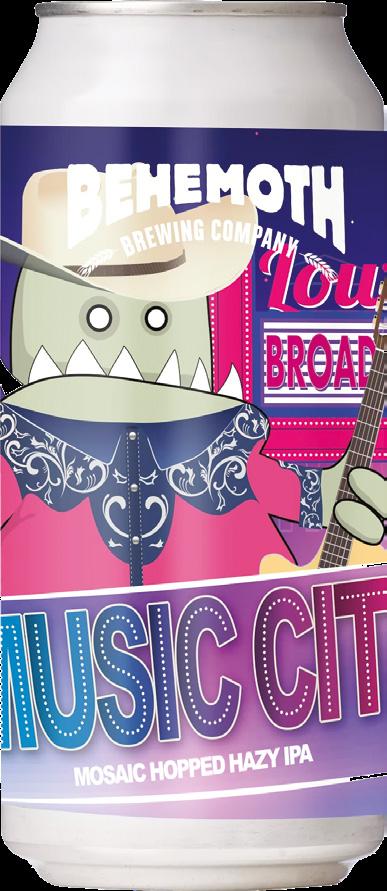
› Garage Project No Dreams Til Brooklyn
› Deep Creek Brewtiful Haze
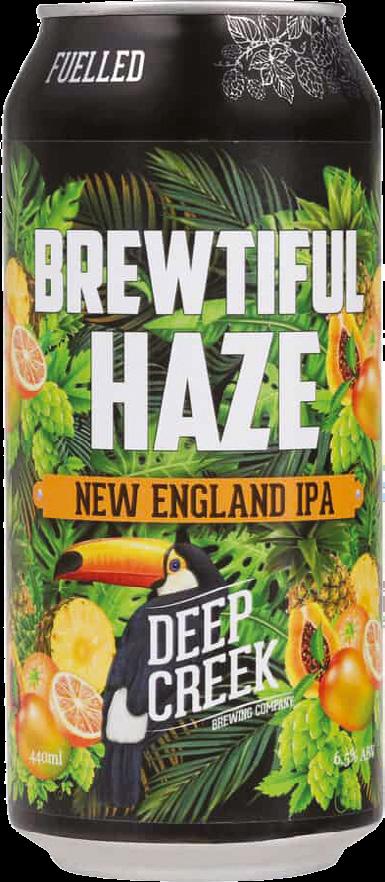
› Boneface The Unit
beer market. Alongside six-packs of hazy IPA from stalwarts of the craft beer scene such as Auckland’s Behemoth and 8Wired, and Wellington’s Parrotdog, sit six-packs of hazy beers from Monteith’s and Mac’s. Over the last couple of years, New Zealand’s two largest breweries (Lion and DB) have launched a number of hazy offerings, demonstrating that these industry giants are convinced this trend is here to stay. They may not have the “cool factor” of some of the smaller breweries’ offerings but these craft-adjacent brands are always well-made and appeal to a sizable chunk of the market. In particular, the economies of scale enjoyed by the big breweries enable them to hit a price point which is out of reach of the smaller craft breweries.
BROADENING THE BASE
Another aspect to consider when assessing the ongoing strength of the hazy beer market is the status of these beers as “gateway beers”. Their approachability, driven mainly by their fruitiness and low bitterness, makes them very attractive to people who have previously said they “don’t like beer”. Where previously a bar needed to always have a pilsner on tap to cater to people who didn’t like the assertive flavours of some craft beers, a hazy option now appeals to an even wider clientele.
Laurence Van Dam, co-founder and co-owner of The Beer Spot – which has several craft beer bars around Auckland – says they are seeing a much more diverse crowd in their bars since hazy beers became so popular. “They seem to appeal particularly to women who start off on a hazy and often then try other beers that we have on tap,” he says.
WHERE TO FROM HERE?
So have we reached peak haze? Like all such questions, it’s not a straightforward answer. It’s clear that the explosive growth and proliferation of hazy beers could not continue at the same rate forever and has shown signs of levelling off. Some of the craft beer aficionados who are always keen to try the “next new thing” may have moved on from hazys but they are a small part of the overall market. The expansion of the more mainstream breweries into the sector is a clear sign that there is latent perceived demand for hazy beers and their appeal to a more diverse crowd backs that up.
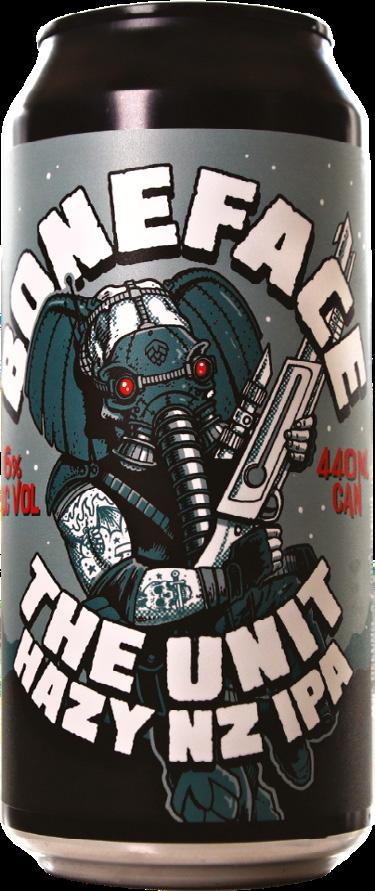
Instead of a peak, I suspect we’re approaching more of a plateau. Whether this is a Table Mountain scenario or more of a false summit before the next climb remains to be seen. Hazy beers are going to remain an important product for breweries and bar owners for some time to come. ■
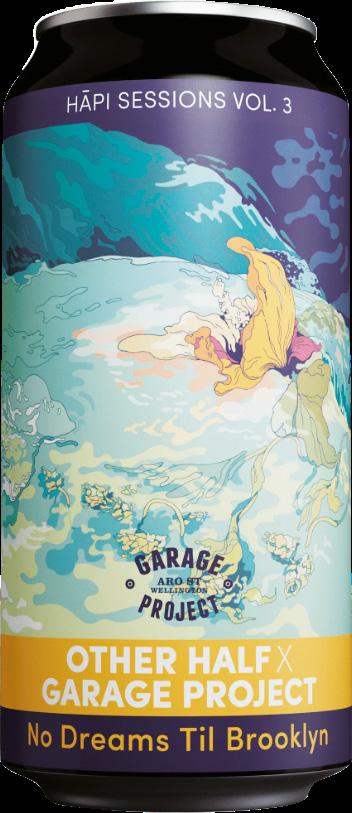
32 THE SHOUT NZ – MARCH 2023
“NEW ZEALAND’S TWO LARGEST BREWERIES (LION AND DB) HAVE LAUNCHED A NUMBER OF HAZY OFFERINGS, DEMONSTRATING THAT THESE INDUSTRY GIANTS ARE CONVINCED THIS TREND IS HERE TO STAY.”
hazy beer
PURPOSE AND PROFIT Balancing
making a difference with your business is all about balancing purpose and profit. First, identify a social or environmental problem you want to help solve. Then build a business that can make money in the long term. With a clear purpose and healthy cash flow, you’ll be set to make a lasting impact.
EVERY ACTION COUNTS
FACT: BUSINESSES THAT MAKE A DIFFERENCE CAN BE DESCRIBED IN MANY WAYS
You might hear the terms ‘purpose-led business’, ‘social enterprise’, ‘impact enterprise’, ‘social impact business’ or ‘community enterprise’. These can mean slightly different things, but they all describe the key idea of making a difference through doing business. You can use whichever term best describes you.
No business is too small to make a difference. Governments can’t fix every issue, and charities can’t either. Businesses that do good are an important part of helping solve life’s many problems, from poverty to discrimination to climate change. Your efforts will likely support the efforts of many others.
COMMITMENT MATTERS
To have a lasting impact, you’ll need commitment to both purpose and profit. The two might be closely matched, but they don’t have to be. For example, you might run an on-premise that gives away food to people who don’t have enough to eat (closely matched). Whatever you choose, make sure you really care about

both. If you’re genuine, your customers will notice and support you more. Which means you can keep making a difference in the long term.
HOW YOU’RE SET UP IS KEY
Typically, businesses that do good make at least half their revenue from selling goods or services. They may also seek income from other sources, such as donations, grants, sponsorships or investment. Think about where you might fit on the spectrum. You’ll probably be somewhere between a charity that’s fully invested in purpose and a business that’s fully invested in growth.
MANY WAYS TO DO GOOD
You can make a difference with your business in many ways. The method you choose depends on where you start from and what drives you. Here are a few to consider.
Donate some of your profits
This is most like a traditional business, but you make money to donate, rather than to grow. You partner with a charity or not-for-profit organisation and give them a percentage of whatever you make.
your business but
a difference?
shares how. THE SHOUT NZ – MARCH 2023 33 business
Want to grow
also make
Business.govt.nz
KIWIS DOING GOOD
1. PART TIME RANGERS
For every can of Part Time Rangers RTD sold, a portion of proceeds goes towards animal conservation initiatives across the globe, including Rhinos Without Borders, Big Life Foundation and Save The Kiwi.
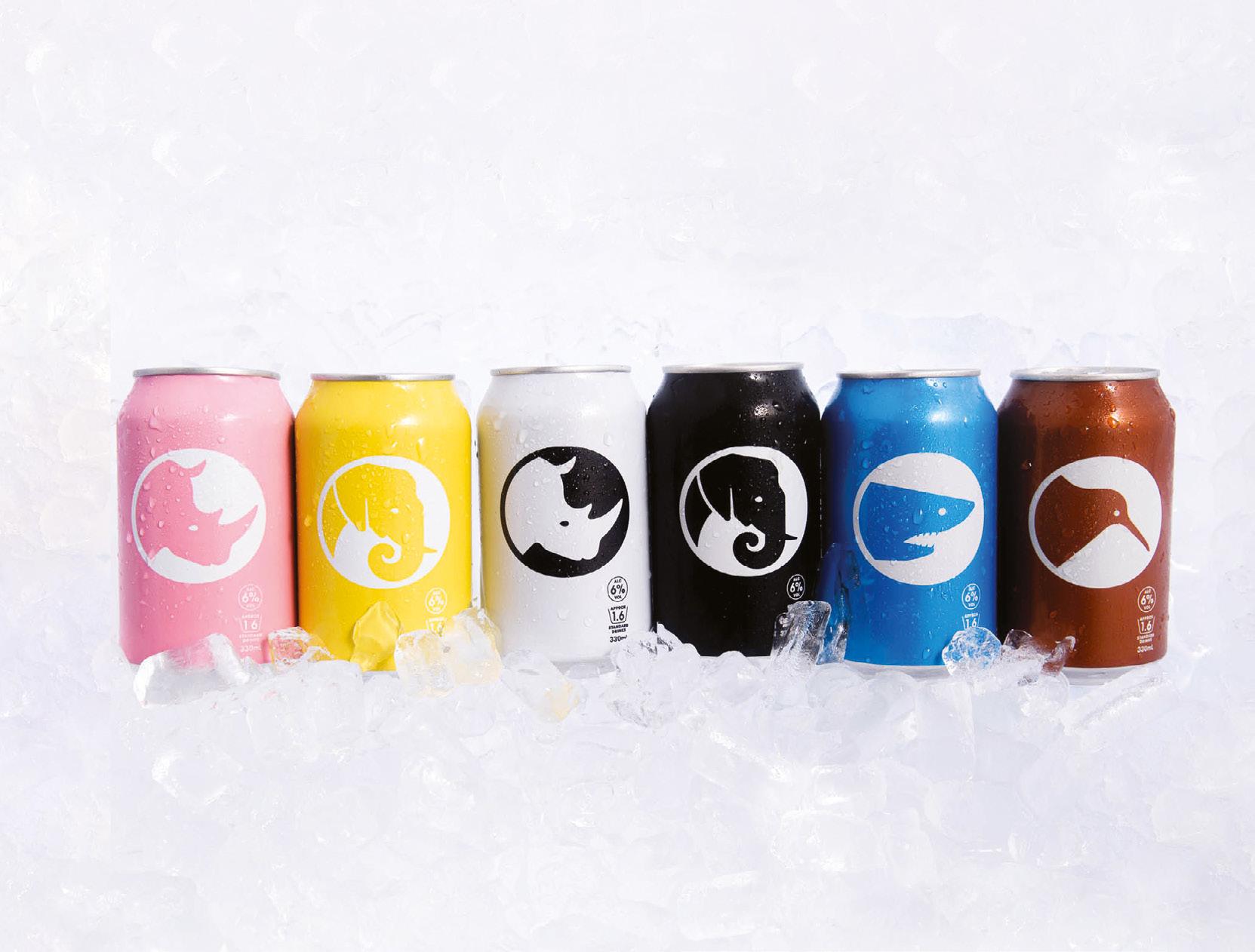
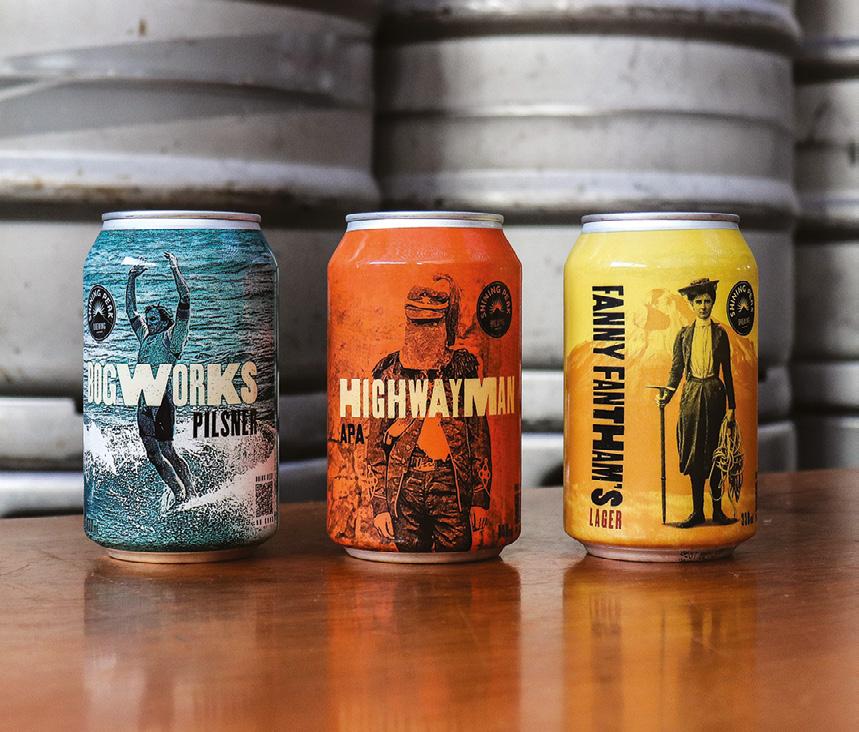
Every can of Native Hard Sparkling sold supports the planting of more native trees, regenerating natural habitats, increasing biodiversity and allowing native species to recover and thrive.
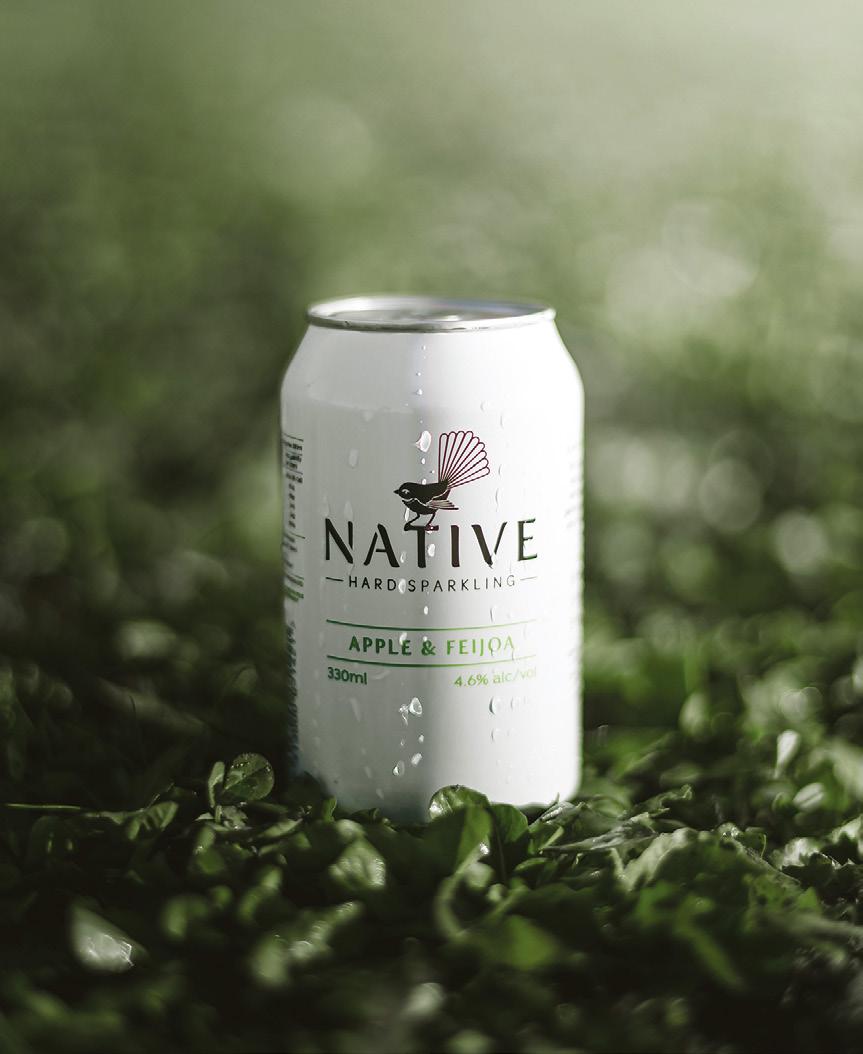
Revive your environment or community
Some businesses create positive change directly through their main activity, such as planting trees, training disadvantaged youth or providing jobs. For example, you might employ people with learning disabilities to help label your product.
Sell some, give some
Some products or services can turn a profit and also do direct good in the community. This means you can both sell some and give some away.
Make from waste
To reduce what goes to landfill, you can turn others’ waste into a new product.
Do something totally new
Sometimes a fresh new idea completely changes how people do things. New websites or software, in particular, can have a big impact quickly.
DO YOUR RESEARCH
Before you can start making a difference, you’ll need to check if your basic idea is workable. Lots of other businesses, organisations and charities exist, and some will have similar goals to you. Research who’s addressing the problem you want to solve, plus who’s making
With each bottle of 27seconds wine sold, 100% of the profits go towards helping survivors of human trafficking and slavery through hagar.org.nz.

month
With every bottle of Heresto Vodka sold, the company will donate $2 on your behalf to a charity of your choice.

money in the way you want to. Will you complement these efforts, or compete with them?
Research the problem you want to solve
List all the New Zealand businesses, organisations and charities who care about the problem. Plus, look for events and forums (in-person or online) that discuss the problem. Talk to as many like-minded people as possible. Ask questions! Find out what’s getting done and what’s not. Try to identify gaps you could fill.
Research who’s making money in the way you want to
List other businesses offering similar products or services. Ask yourself:
• How many exist? Can you see room for you too?
• What will you offer that’s different or better?
• Why would customers buy from you rather than from others? For example, will your products or services be cheaper? Or will you offer superior quality or features? Or will you offer more varieties or customise each sale?
For more information on how to research your market and competitors, visit www.business.govt.nz. ■
2. NATIVE
3. 27SECONDS
4. SHINING PEAK BREWING
Every
five per cent of Shining Peak’s beer revenue from its venues is donated to a different local Taranaki organisation.
5. HERESTO VODKA
1 2 3 4 5 34 THE SHOUT NZ – MARCH 2023 business
Liquor news straight to your inbox

www.theshout.co.nz
FOR THE LATEST DRINKS NEWS, SUBSCRIBE NOW TO THE SHOUT NEW ZEALAND’S E-NEWSLETTER
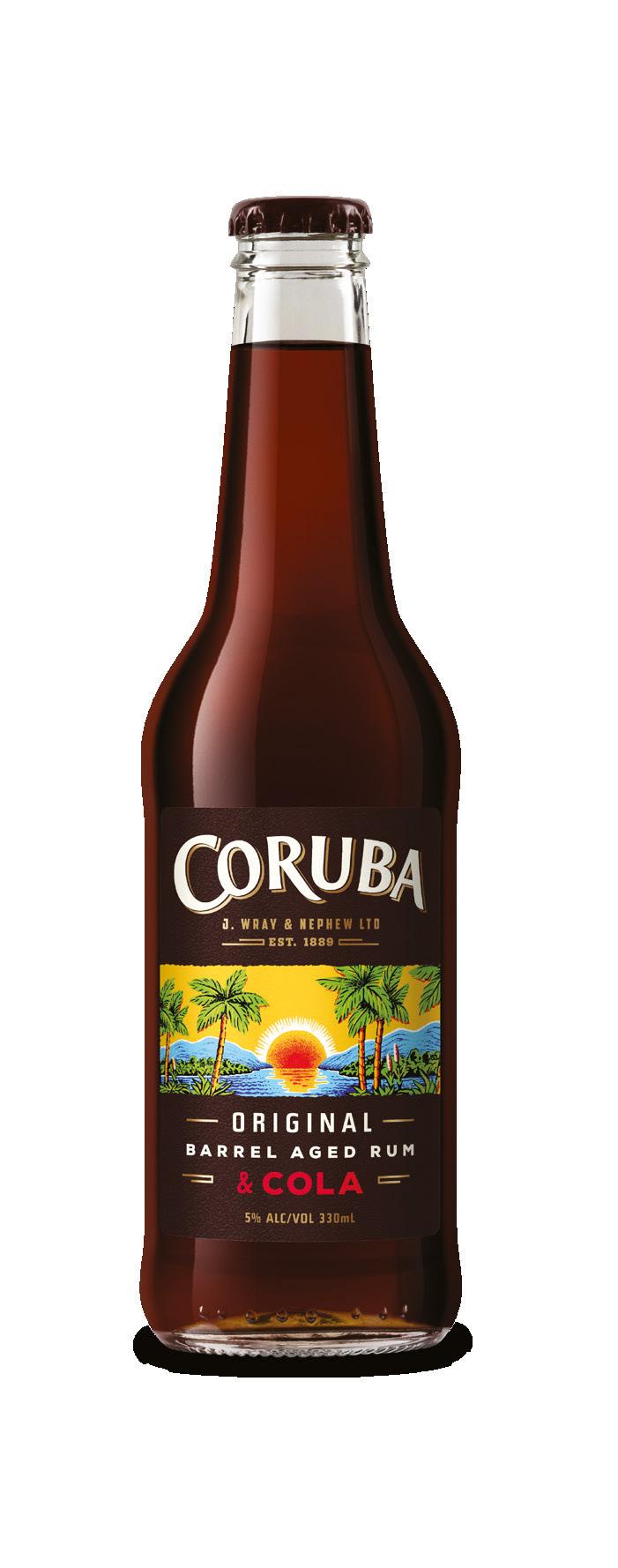
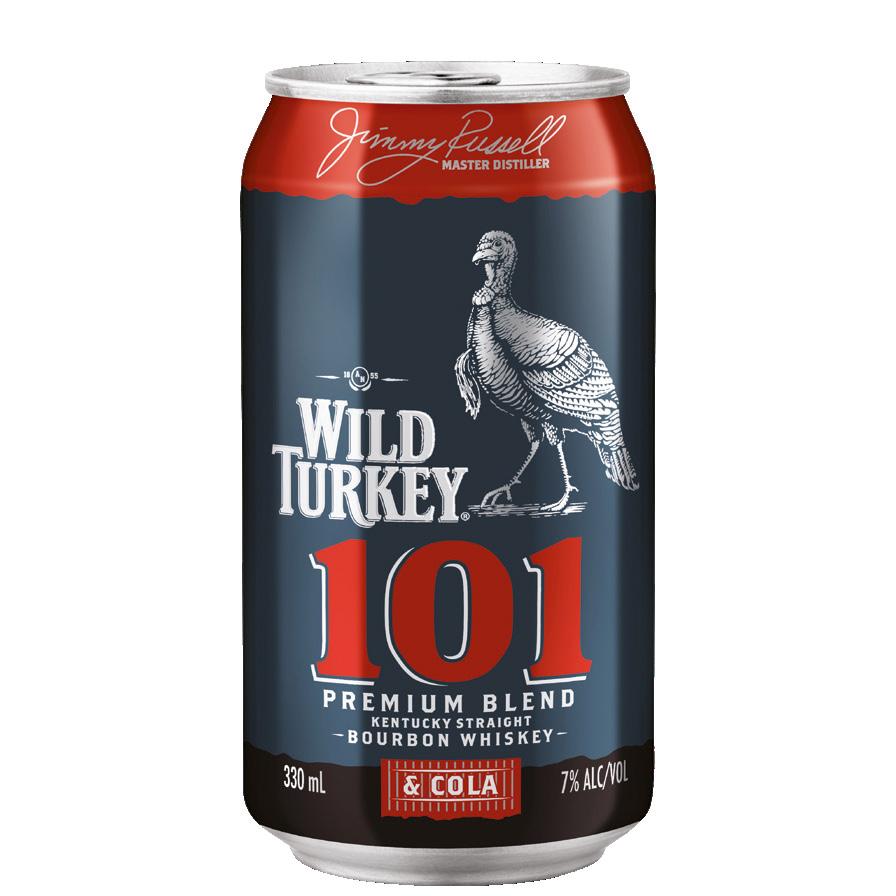
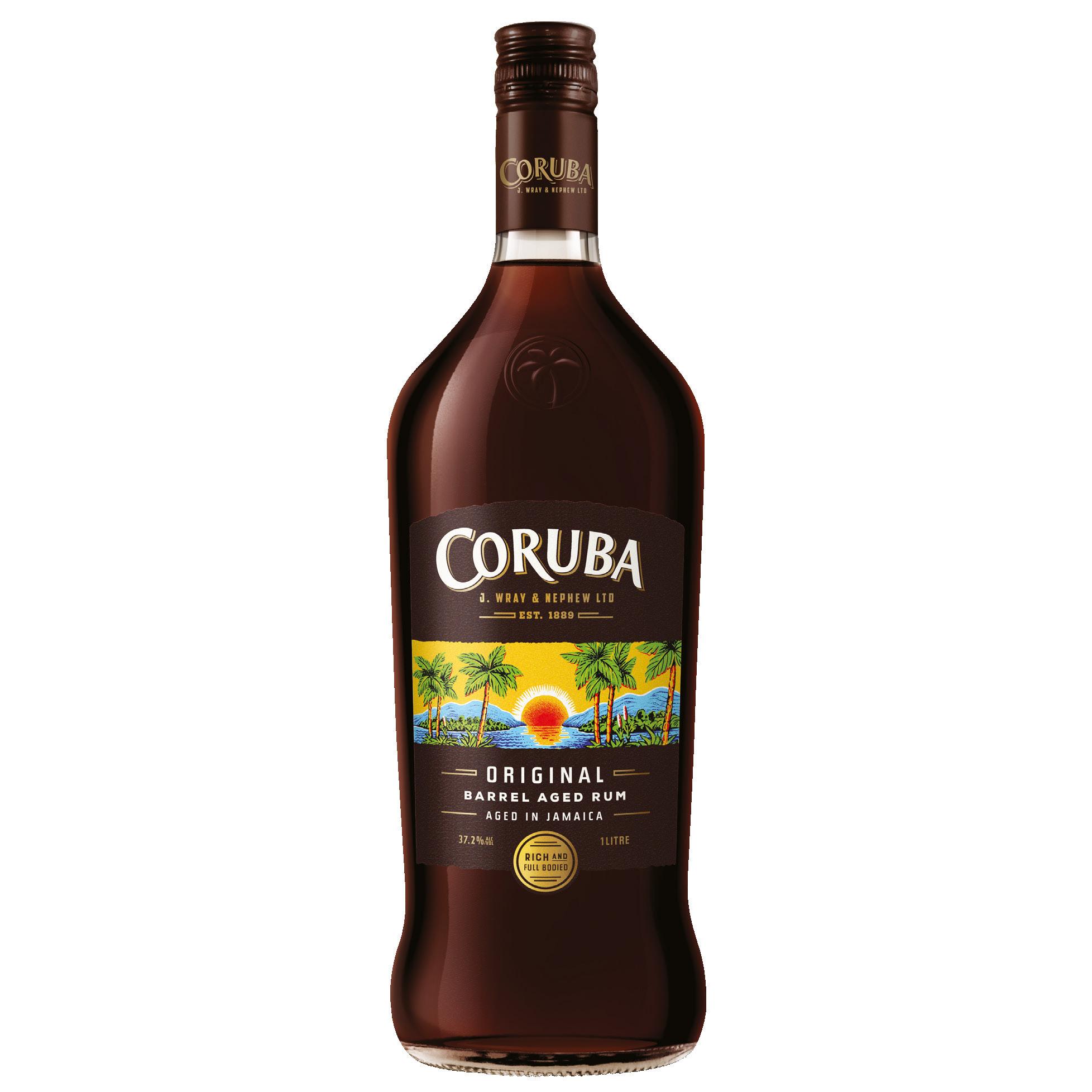

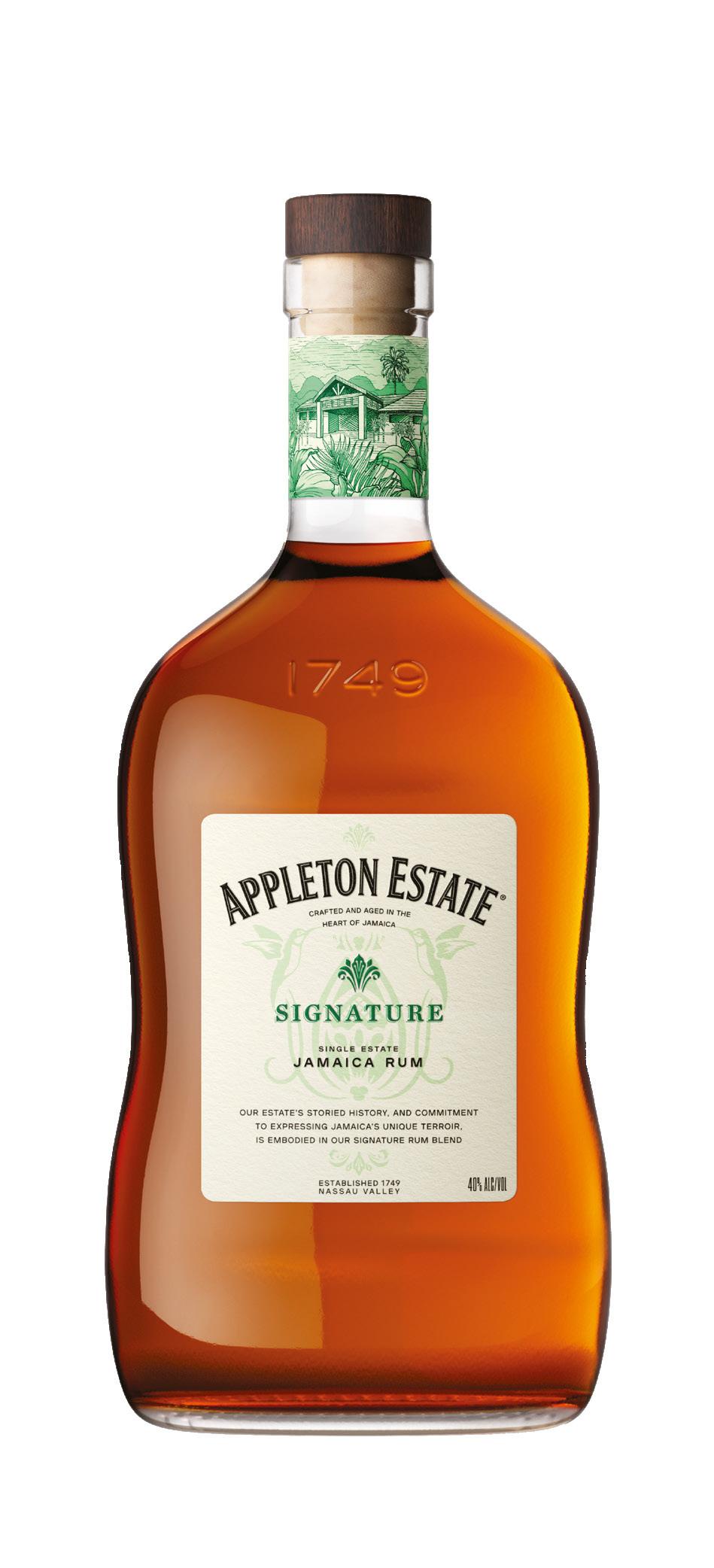
Coruba, Appleton Estate, Wild Turkey and Riccadonna now available from Thirsty Camel. THE JOURNEY FROM THE OTHER SIDE OF THE WORLD CONTINUES… For further information or details please contact 0800 THIRSTY (844 778) or info@thristycamel.co.nz thirst ycamel


















 Andrew Arnold NZ Country Manager, Shopper Intelligence
Andrew Arnold NZ Country Manager, Shopper Intelligence



























 Mascot variations that tie products together designed
by Mila Katagarova for Tiny Bear Distillery ’s spirits
Mascot variations that tie products together designed
by Mila Katagarova for Tiny Bear Distillery ’s spirits






































































